VAT Compliance and CBAM: Global Sellers’ Guide for 2025

🎧 Prefer to Listen?
Get the audio version of this article and stay informed without reading - perfect for multitasking or learning on the go.
Big changes are coming for global sellers as the European Union rolls out the Carbon Border Adjustment Mechanism (CBAM), directly reshaping VAT compliance in 2025 and beyond. If you’re struggling to keep up with new reporting duties, worried about penalties, or concerned about losing your market access, you’re not alone. The new rules link carbon reporting under CBAM and VAT obligations, layering on complexity and risk for anyone importing goods into the EU. In short, if you want to keep trading safely in Europe, it’s no longer enough just to get VAT compliance right—carbon emissions data now matter too.
The stakes couldn’t be higher. Starting in 2025, CBAM will require you to submit detailed emissions data for your products, and from 2026, if you fall short, you’ll face real financial liabilities along with the traditional VAT requirements. Experts warn that failure to prepare could land you in hot water with EU authorities, risking fines and even the ability to operate in this lucrative market. Source: Why CBAM Pre-Verification Matters
You’re in the right place. This practical guide walks you through exactly what you need to do, from transitional CBAM steps to new compliance deadlines and smart moves for pain-free market access.
In this article, you’ll learn:
How VAT compliance is now directly tied to CBAM carbon reporting for importers
The key reporting requirements for 2025 and what happens when financial liabilities kick in from 2026
The process and thresholds for becoming a CBAM declarant, and how these impact your business
Steps to build seamless compliance systems and avoid penalties
Why starting early gives your company a real advantage in the changing global trade landscape
If you want a clear, straightforward guide to mastering VAT compliance and CBAM for 2025, stick with us.
1. Grasp the Basics: What CBAM Means for VAT Compliance
Understanding CBAM (Carbon Border Adjustment Mechanism) is step one for every global seller. This EU regulation requires you to track and report the embedded carbon emissions in certain imported goods, making carbon data as important as your VAT paperwork. CBAM exists to level the playing field on climate goals and stop “carbon leakage” by ensuring that imported products face the same carbon price as EU-made goods. If you want to sell in the EU, your VAT compliance routine now depends on accurate emissions tracking and transparent reporting. For more on CBAM policy basics, check out the detailed overview by the European Commission: European Commission: CBAM Explained.
2. 2025 Reporting: Master New CBAM and VAT Duties
In 2025, the emphasis shifts to reporting - no purchase of CBAM certificates or financial liabilities just yet. But don’t get too comfortable. EU authorities are laser-focused on the accuracy of your submitted data, setting up for tighter rules down the line. Detailed, verified carbon emissions reports must back every covered import you declare with your VAT filings. Use this transition year to fine-tune your emissions data systems and align them with your VAT compliance strategy, so you avoid surprises when penalties kick in after the trial period. Remember, correct reporting now makes VAT audits smoother later.
For a practical look at common VAT compliance issues and why taking them seriously is critical for global sellers, see this overview on VAT compliance consequences.
3. Join the Club: Authorization and Smart Use of Thresholds
To operate above board, importers need to become authorized CBAM declarants through the CBAM registry starting by March 31, 2025. Fail to register in time, and you risk compliance headaches and possible blocks on your trade. Good news for smaller players: if your total annual imports of CBAM goods are below the de minimis exemption of 50 tonnes, you’re off the compliance hook for now. The EU introduced this to help small importers avoid unnecessary paperwork while still capturing nearly all emissions under the law.
Here’s a quick table to see if you need to register:
Import Volume (CBAM Goods, Annual) | Need to Register as Declarant? |
|---|---|
0 - 50 tonnes | No |
51+ tonnes | Yes |
If you’re close to the line, consider reviewing your shipments and preparing documentation just in case you cross the limit.
4. Prepare for 2026: Budget for Financial Liabilities
Ready or not, from 2026, you’ll need to purchase CBAM certificates to offset the emissions embedded in your imports. This new financial step turns emissions reporting from a paperwork chore into a direct cost that can impact your profit margins and cashflow. Put real financial planning on your radar now, working these certificate costs into your budgets along with your other VAT compliance and filing requirements. Tying everything together will help your finance and compliance teams avoid last-minute shock and keep your cross-border strategy running smoothly. For more details on upcoming obligations, visit The Cost of Non-Compliance: Why CBAM Pre-Verification Matters.
5. Build a Seamless Compliance System: Best Practices
Don’t wait. Set up emissions tracking and verification systems now. Accurate, timely carbon data is your new best friend - relying on default values puts you at a disadvantage. It’s smart to:
Apply for CBAM declarant status as soon as you exceed the threshold.
Keep tabs on EU regulatory updates and threshold changes.
Work with your supply chain partners to collect hard data on emissions at every step.
Tying your carbon reporting into your VAT compliance process can seriously cut down on duplicated effort and minimize risk. It also shows EU authorities that your business takes compliance seriously.
6. Turn Compliance into an Advantage
Here’s the upside: getting proactive about CBAM and VAT compliance does more than avert penalties. Early adopters can secure market access, streamline compliance costs, and shine as responsible partners in global supply chains. While non-compliance might bring financial penalties and trading restrictions, smart sellers who move early get to brand themselves as low-carbon, reliable traders. In today’s market, that’s a real differentiator.
Done right, your compliance strategy builds business resilience - and can even win you new customers who value transparency and sustainability.
Final thoughts
VAT compliance in 2025 means keeping up with both carbon and tax reporting, thanks to CBAM. The sooner you build reliable systems and get your registration sorted, the smoother your EU trade will be.
Get out in front now to protect your market access and show your business is ready for the new global standards. 1stopVAT is here to help you stay one step ahead.

Featured Insights
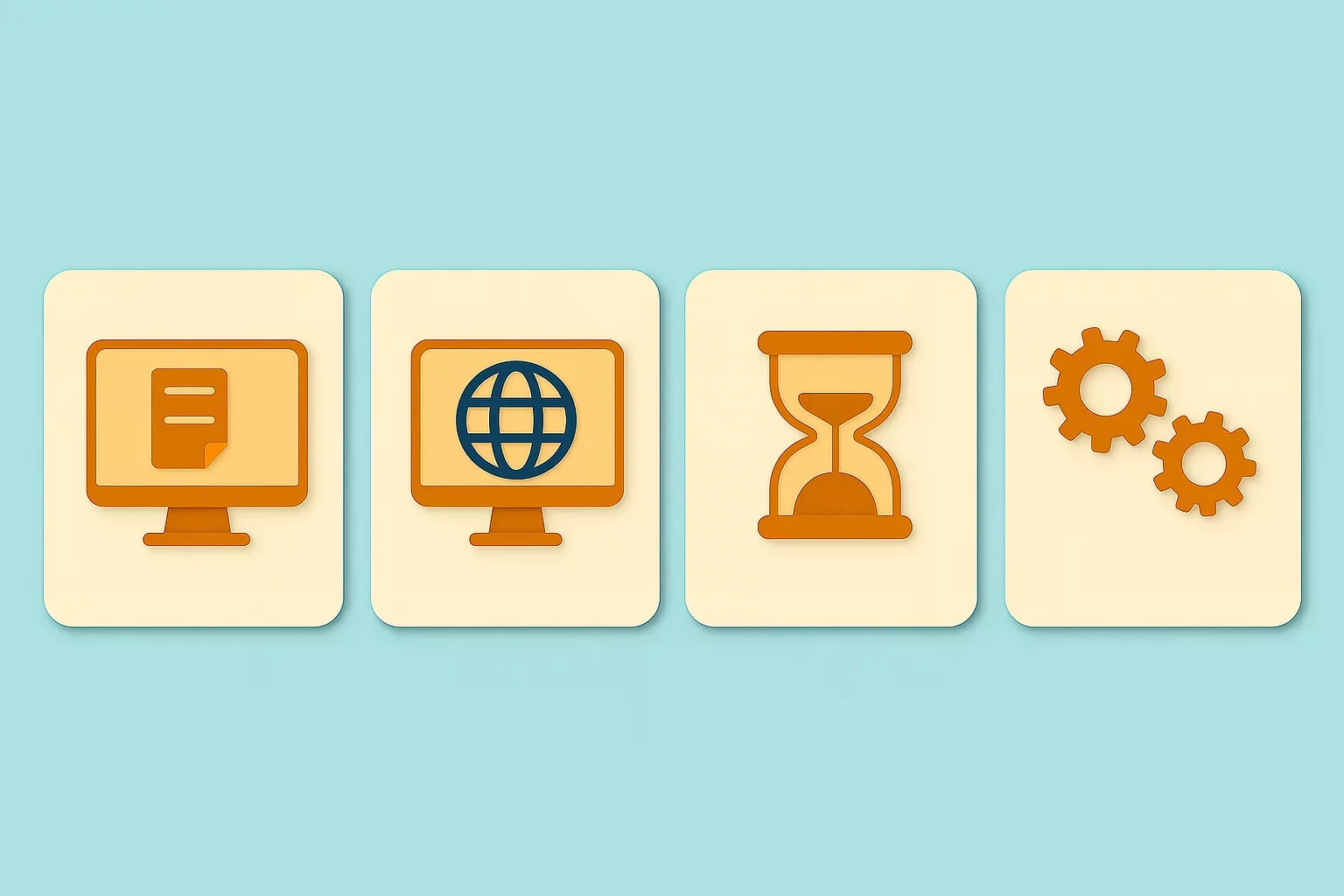
Angola’s E-Invoicing Mandate: Phased Implementation Continues Into 2026
🕝 December 10, 2025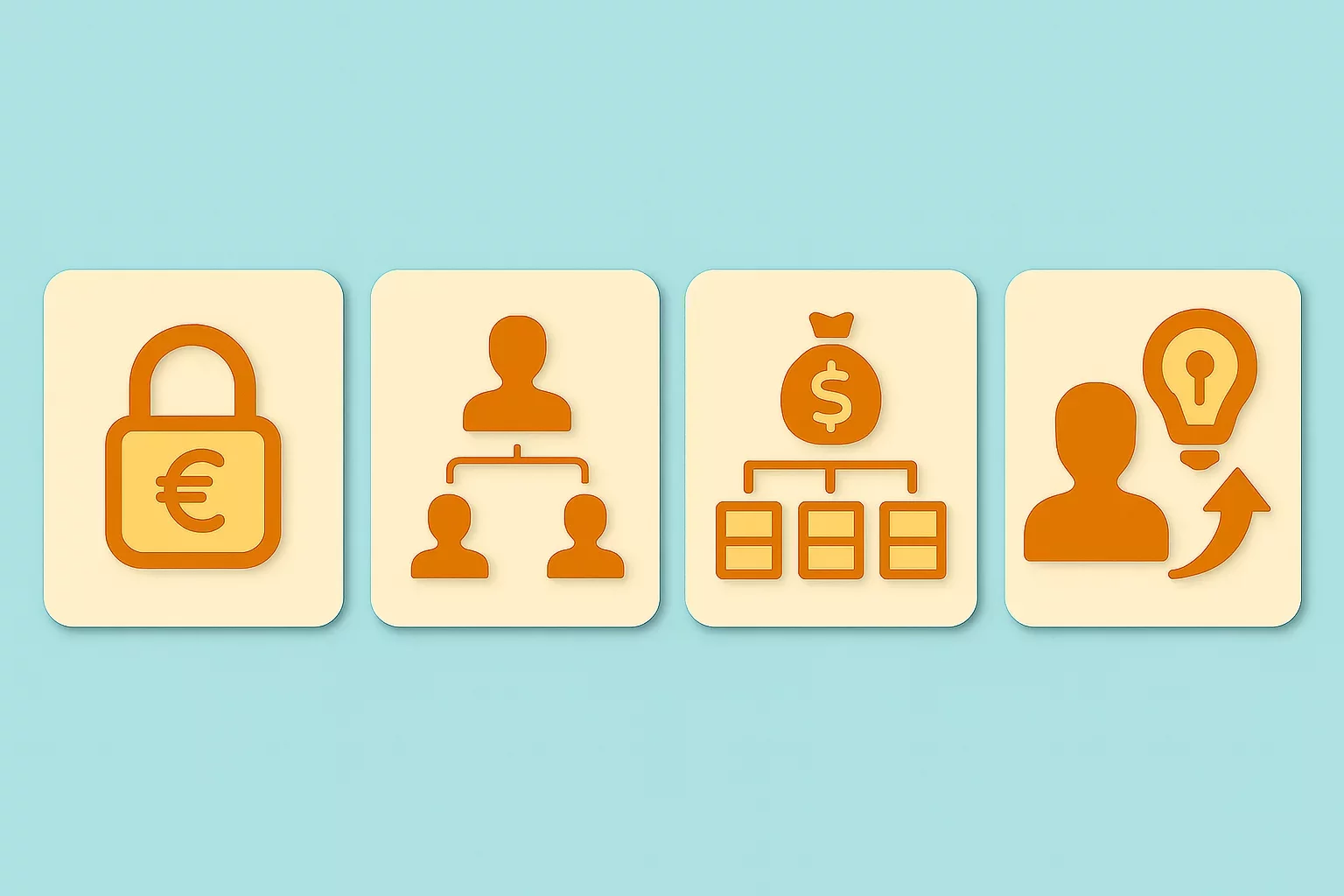
VAT Deduction and Business Succession: When Do Advisory Costs Serve the Company’s Interest?
🕝 December 8, 2025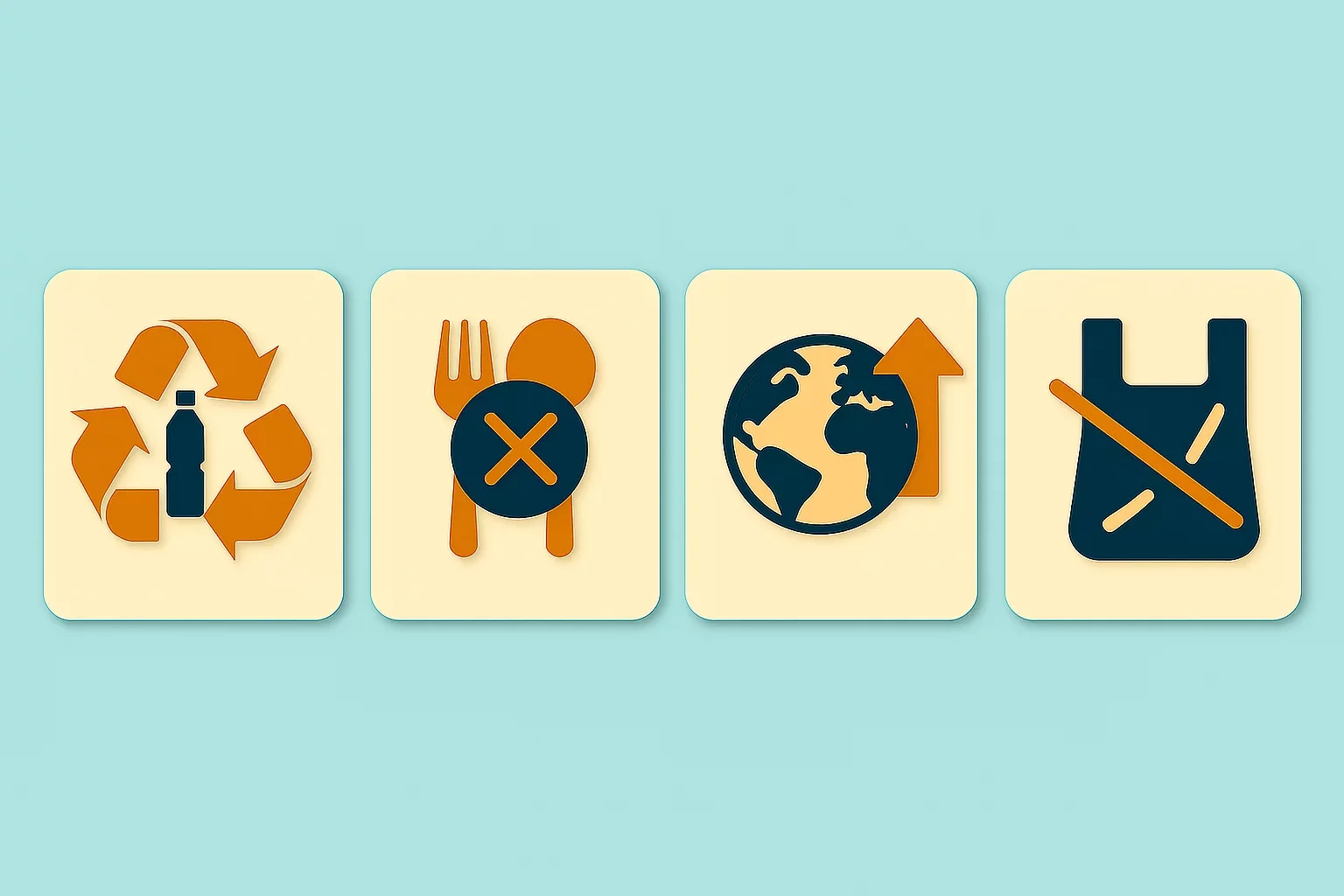
Europe’s Plastic Fiscal Shift: Why Italy’s Plastic Tax Now Starts in 2027
🕝 December 3, 2025
The Decline of Low-Value Import Exemptions: Closing Gaps in Cross-Border E-Commerce
🕝 November 20, 2025More News from Europe
Get real-time updates and developments from around the world, keeping you informed and prepared.
-e9lcpxl5nq.webp)

-i6rki3jbad.webp)
-hdwgtama05.webp)
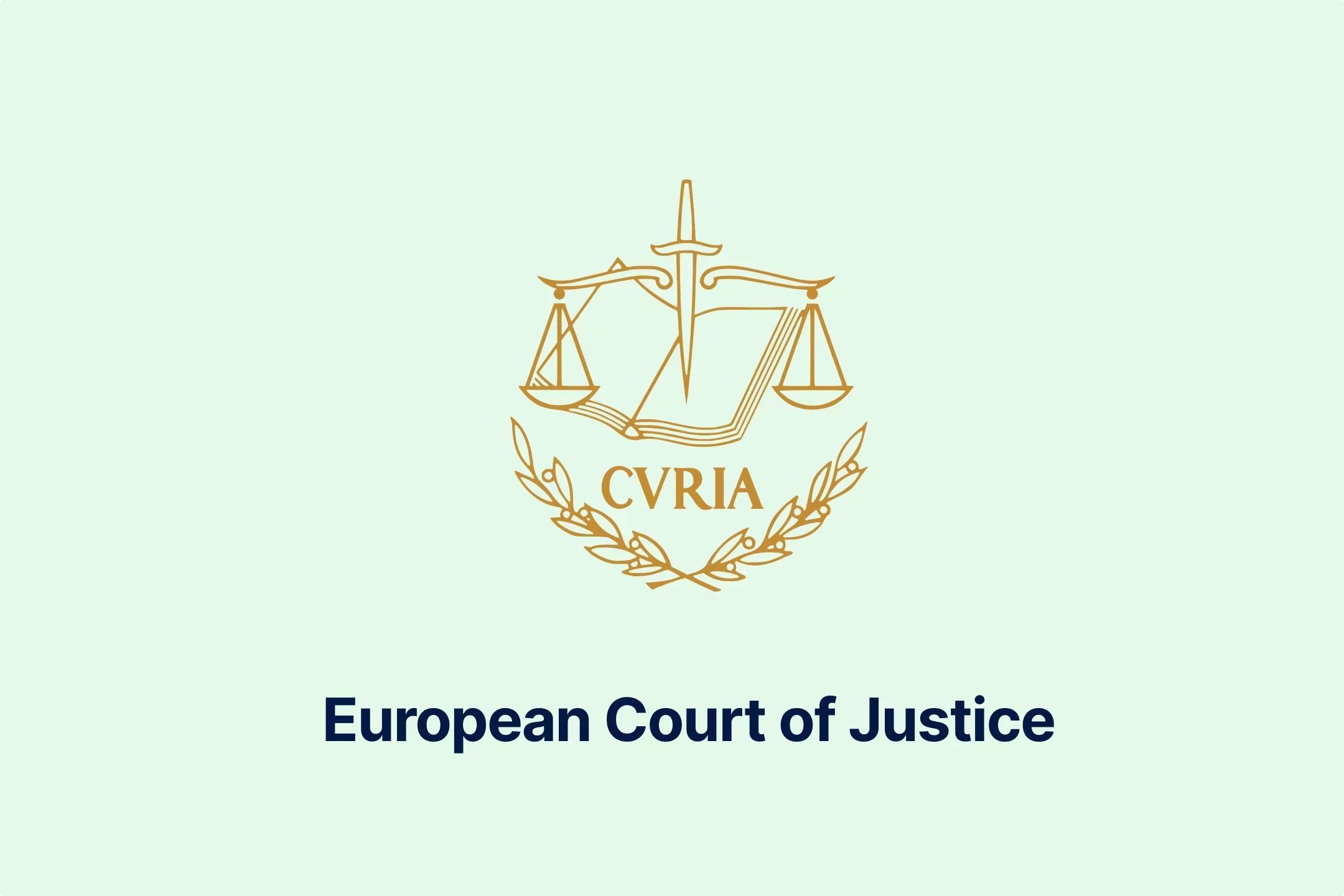
-atbhy5fyxv.webp)
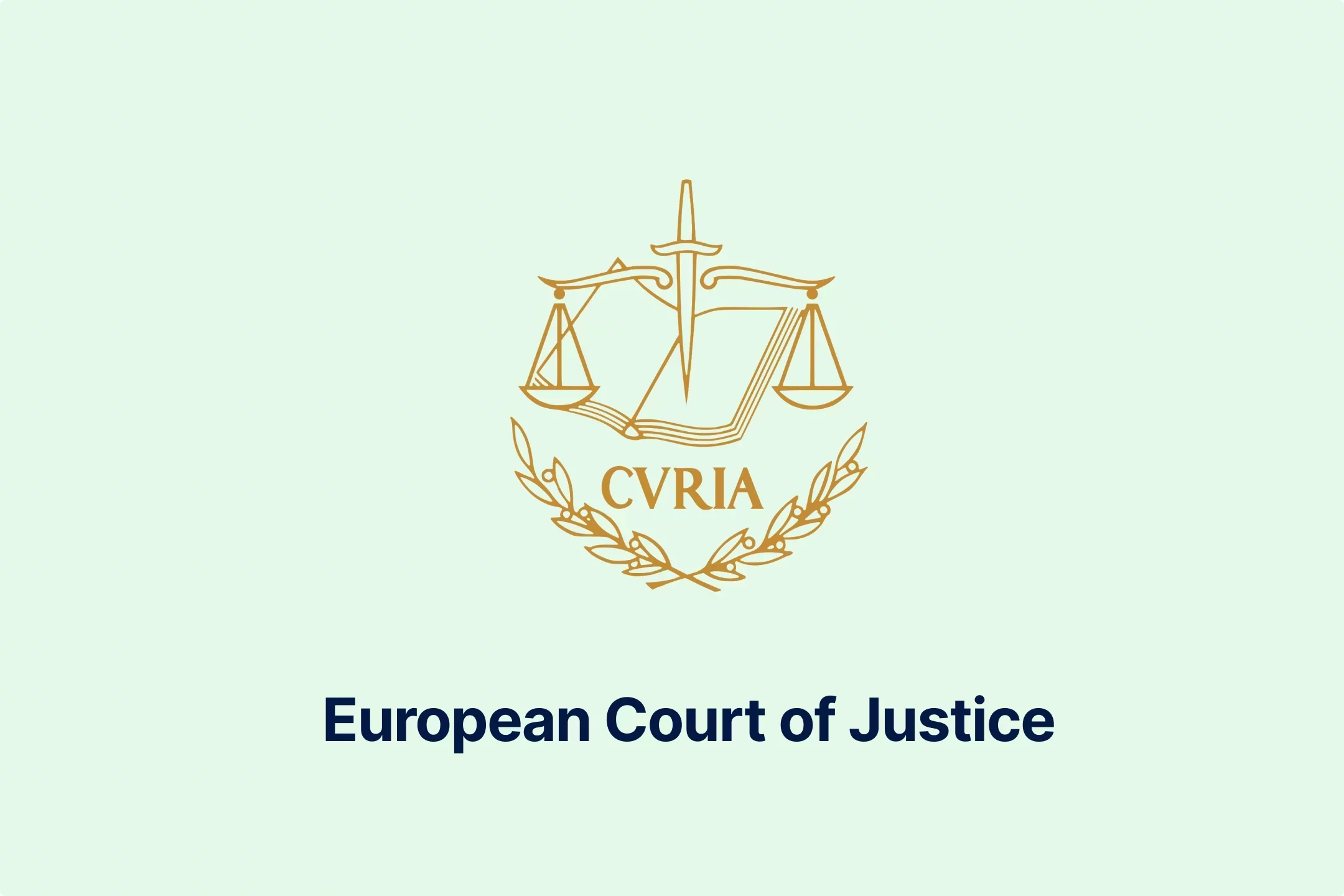
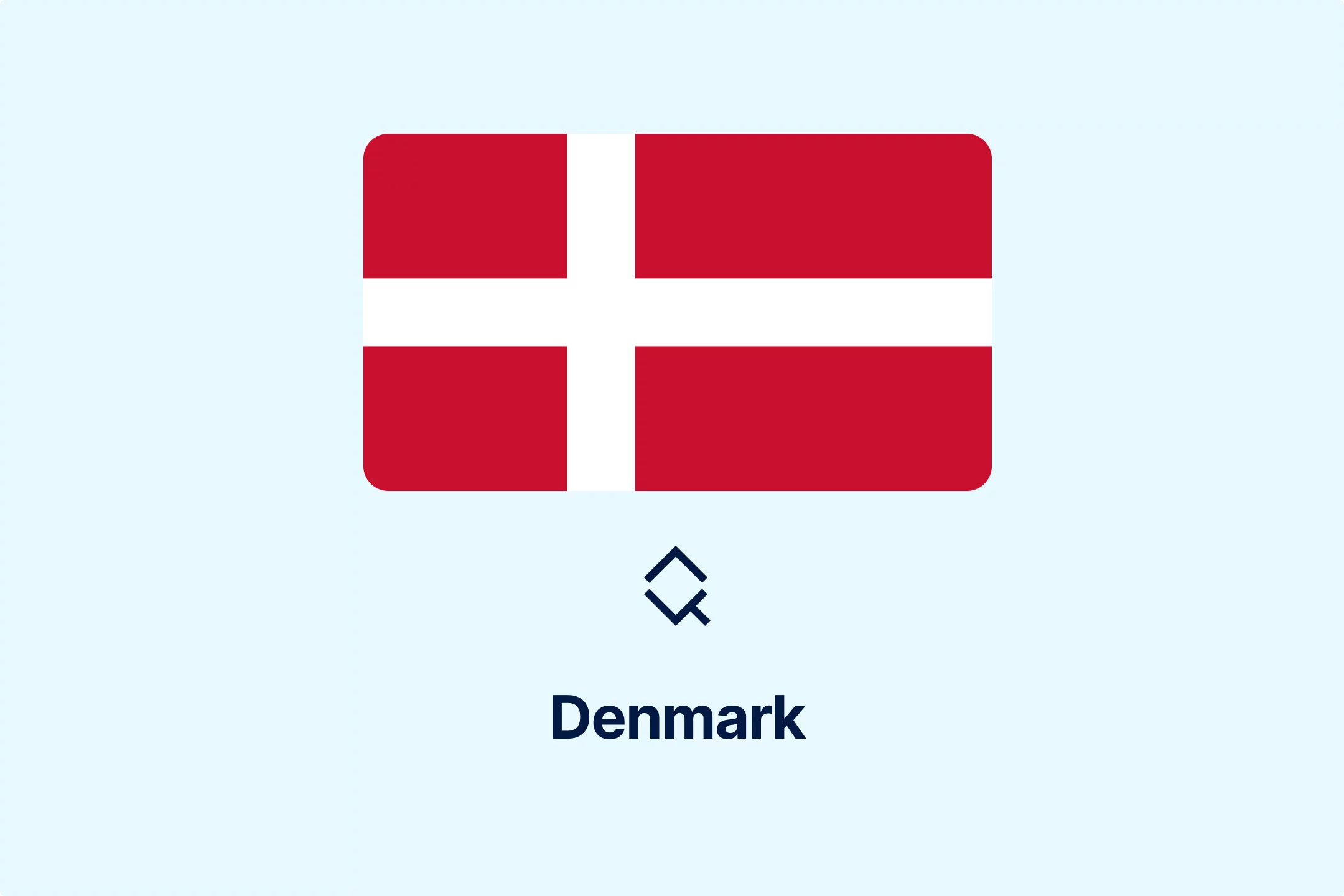

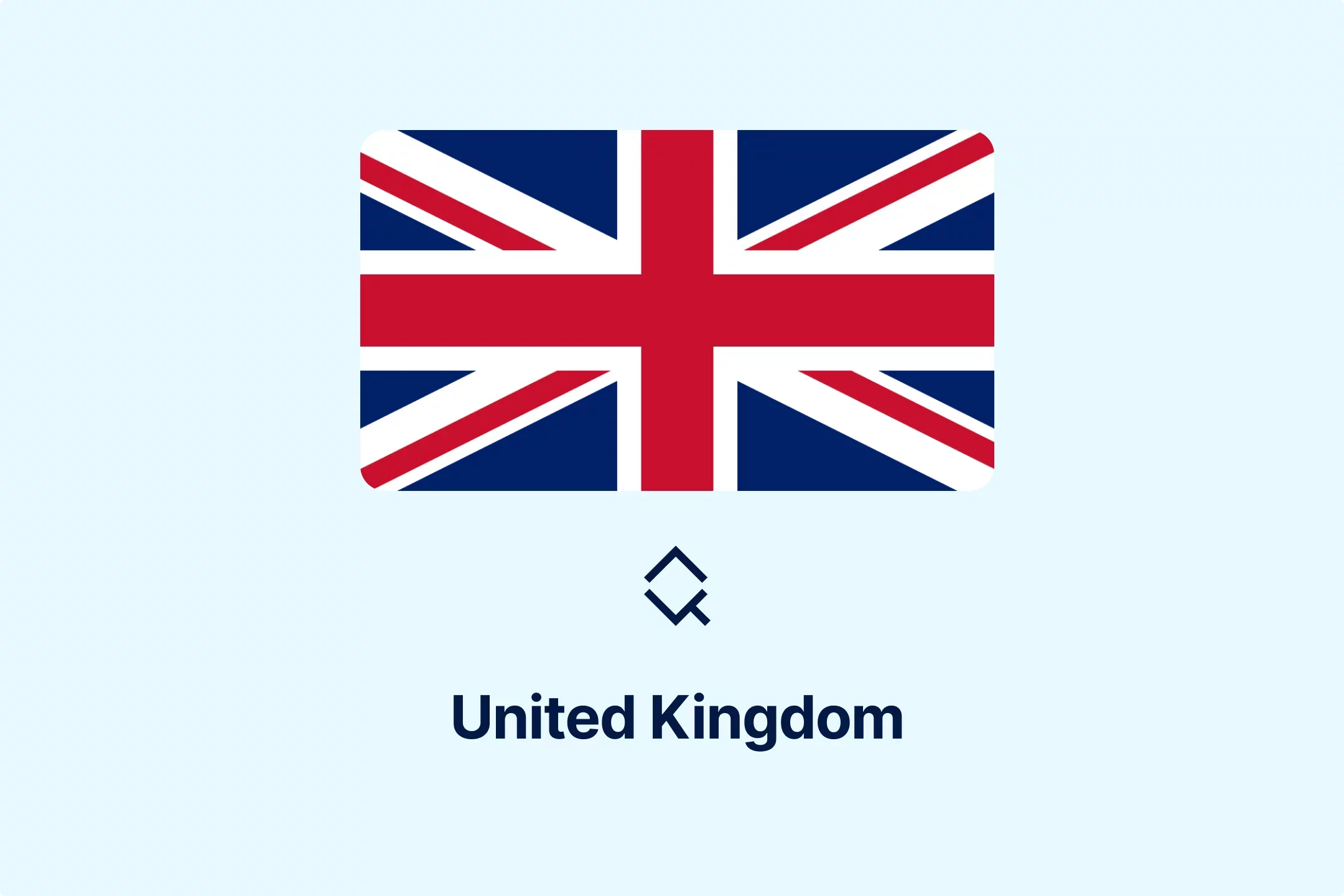
-zp2n6zixoa.webp)
-oa1ynbm4sn.webp)
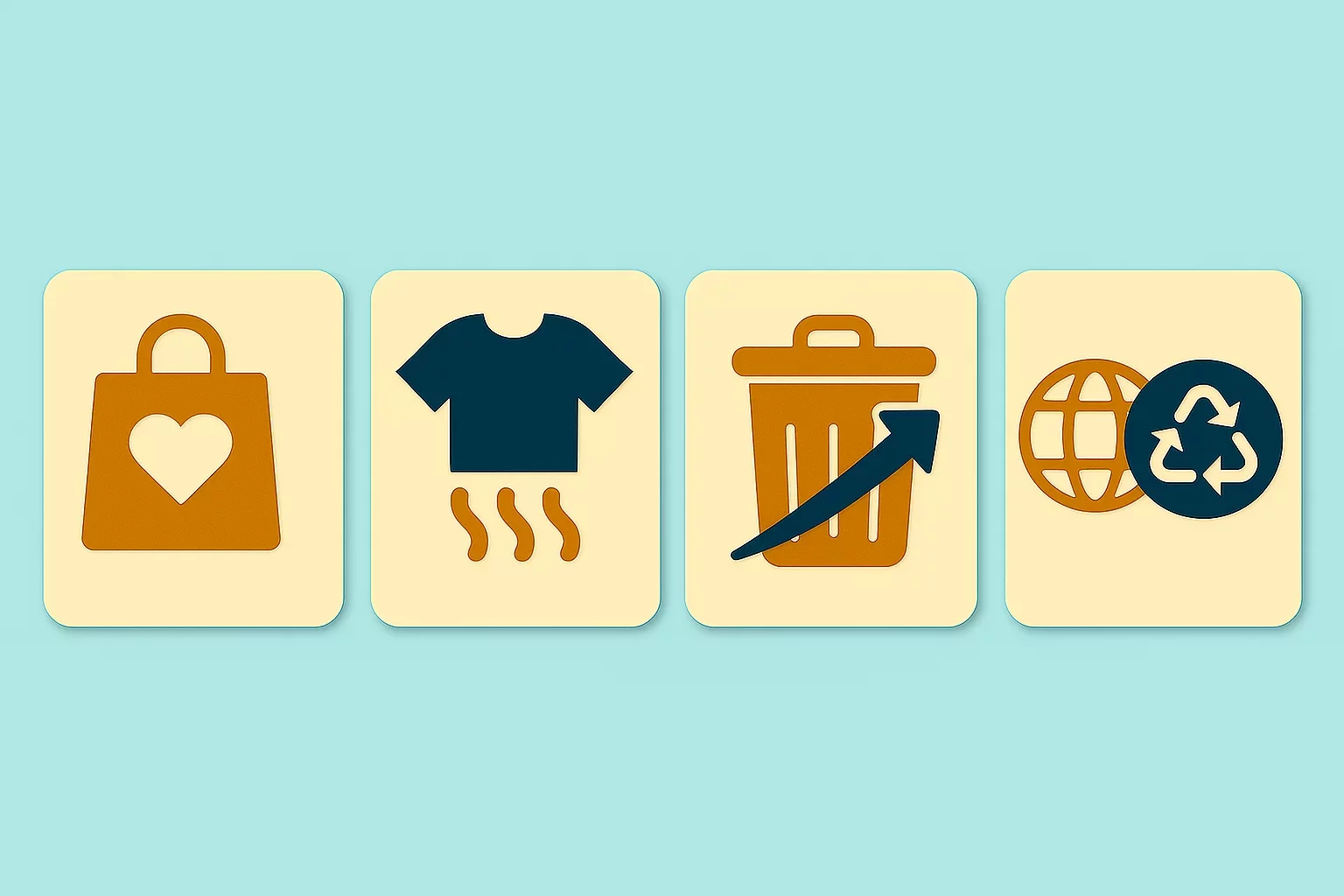
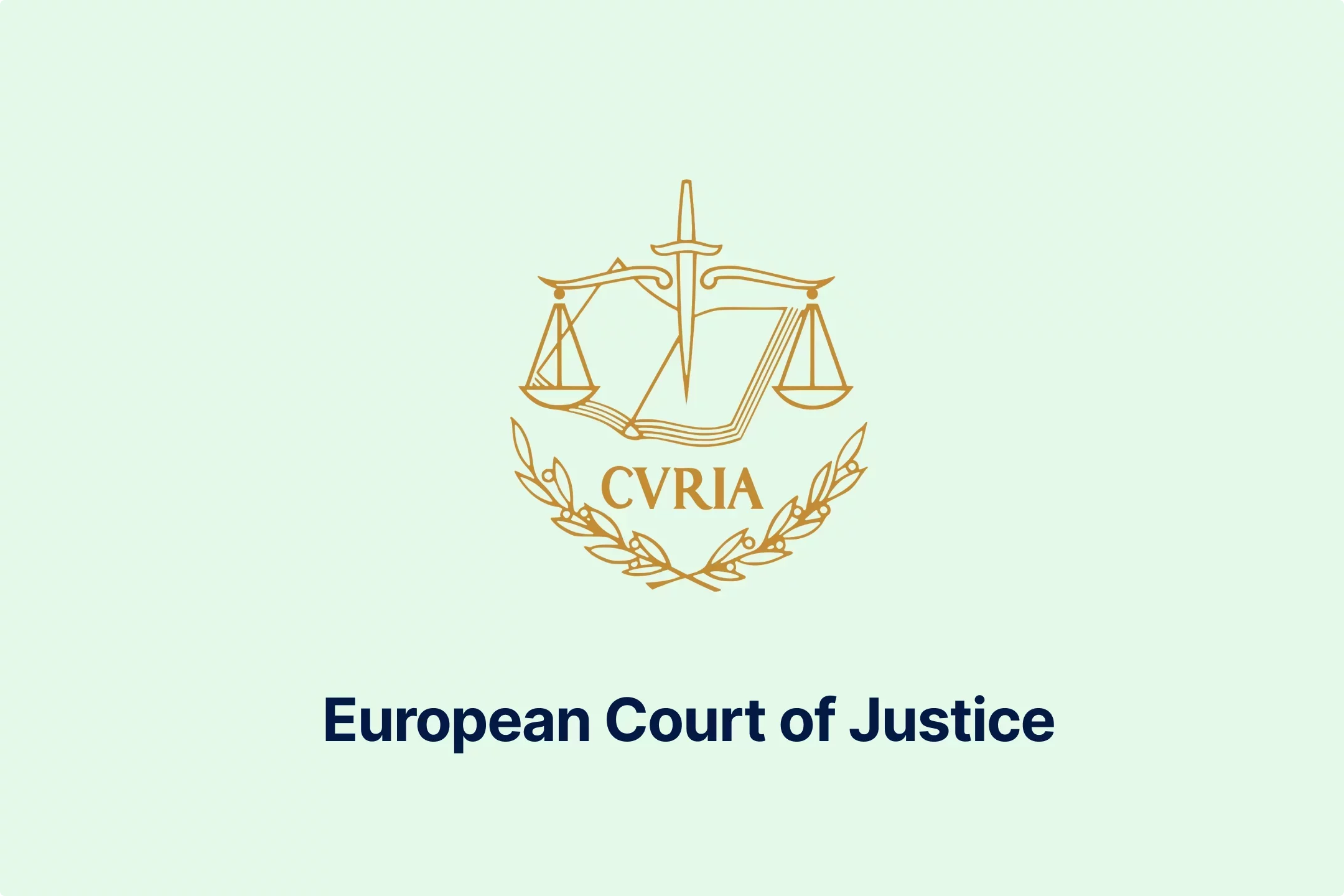
-lltkno6txy.webp)


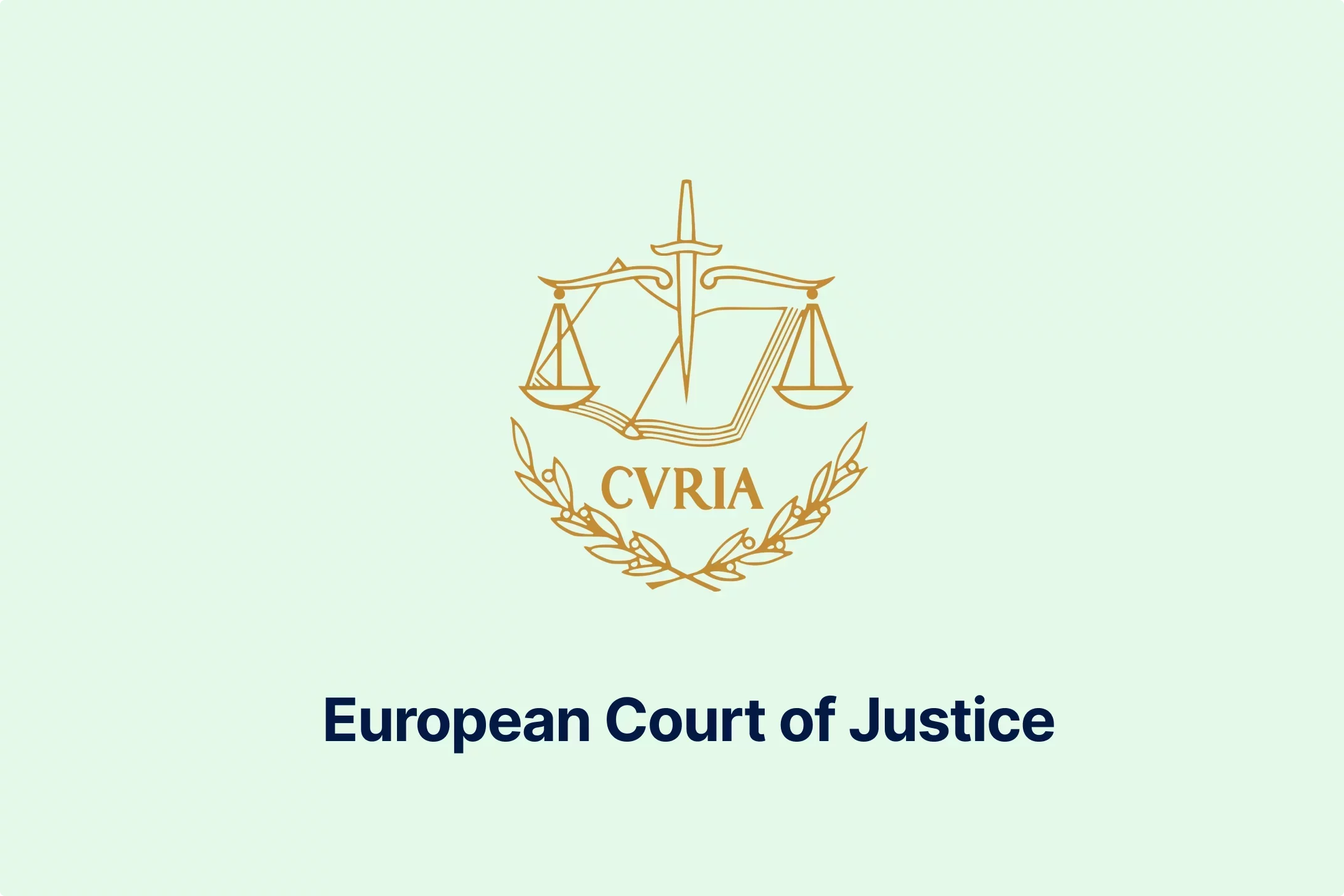
-do38odrqnq.webp)
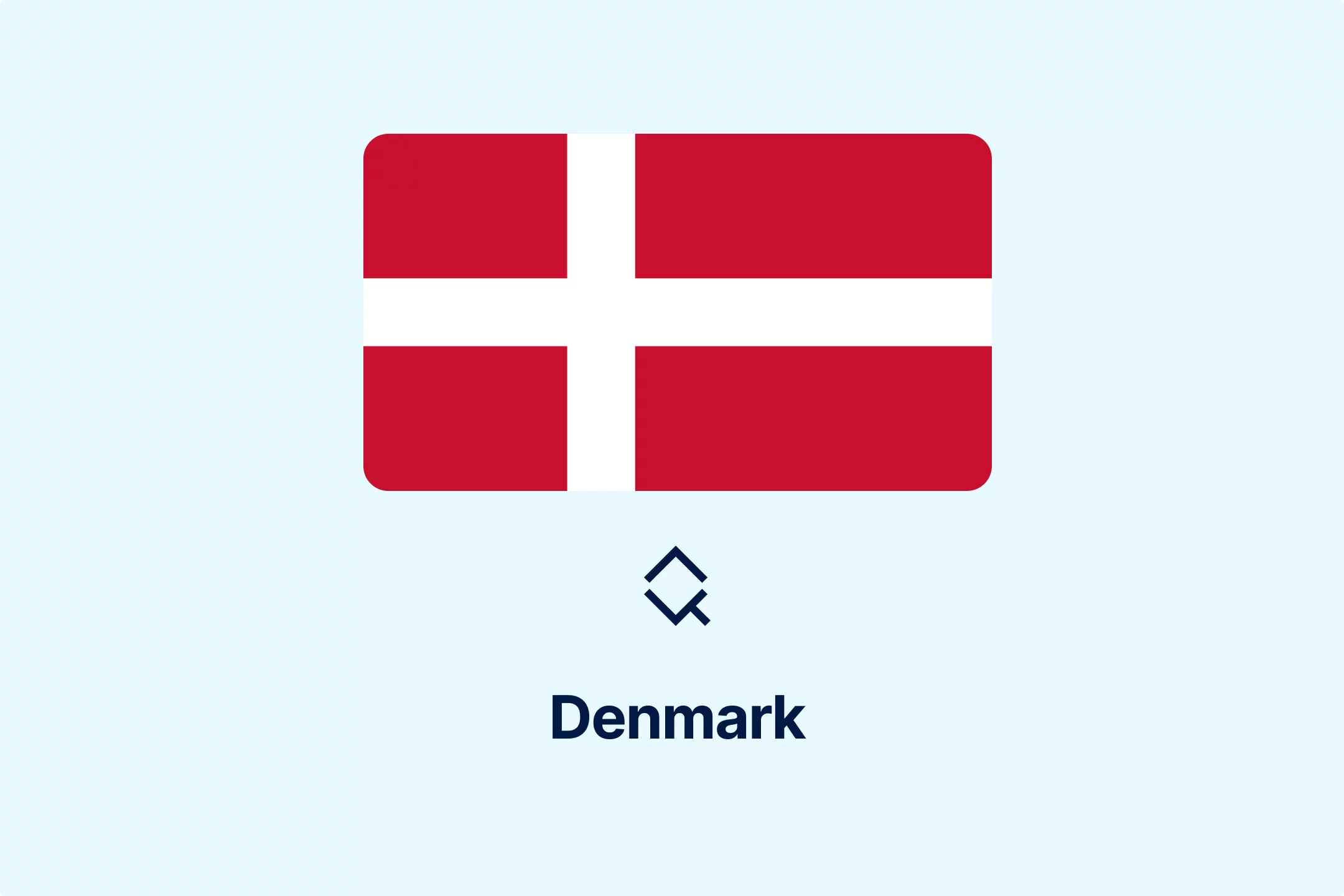
-t409oldqzt.webp)
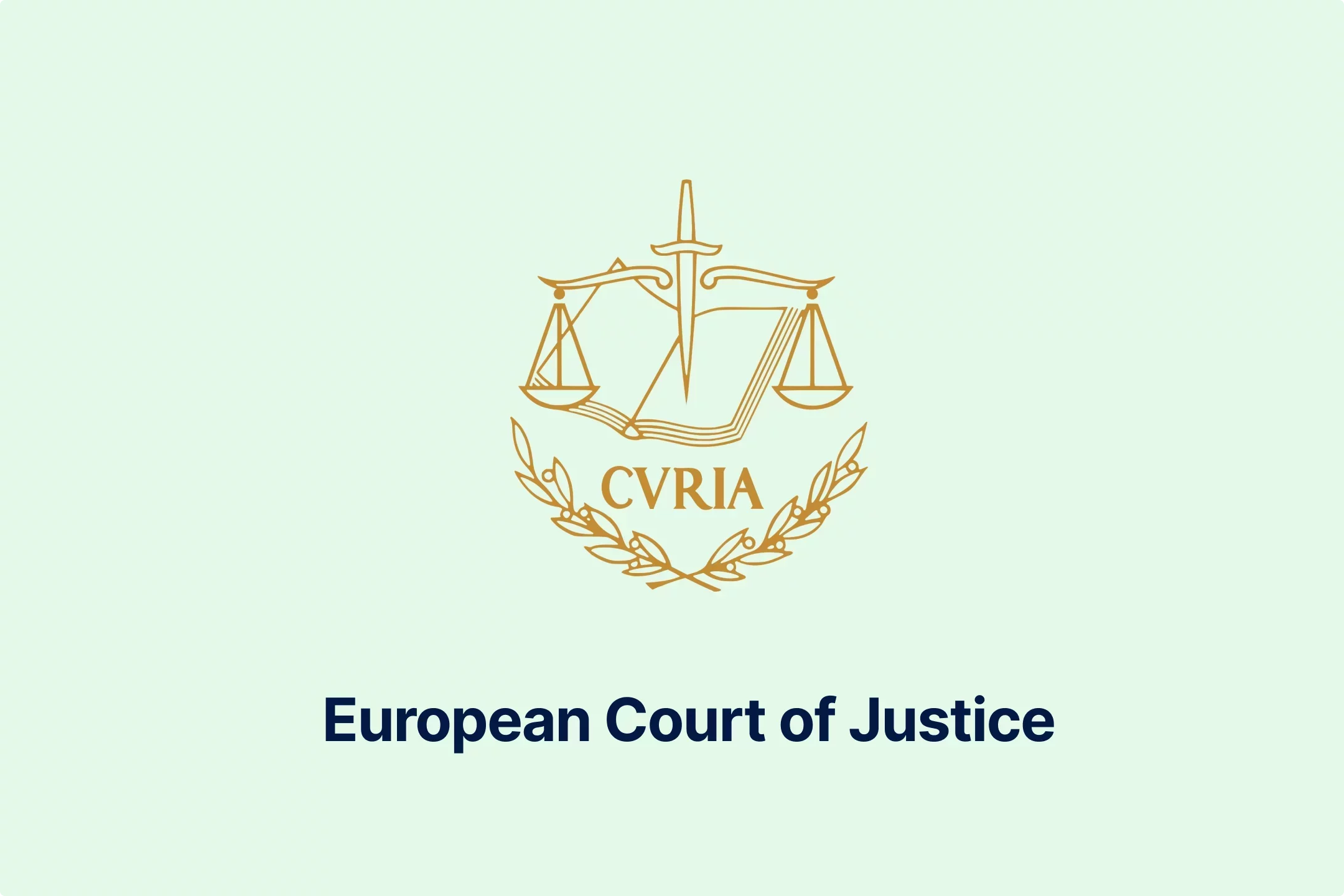
-hordopb6xh.webp)
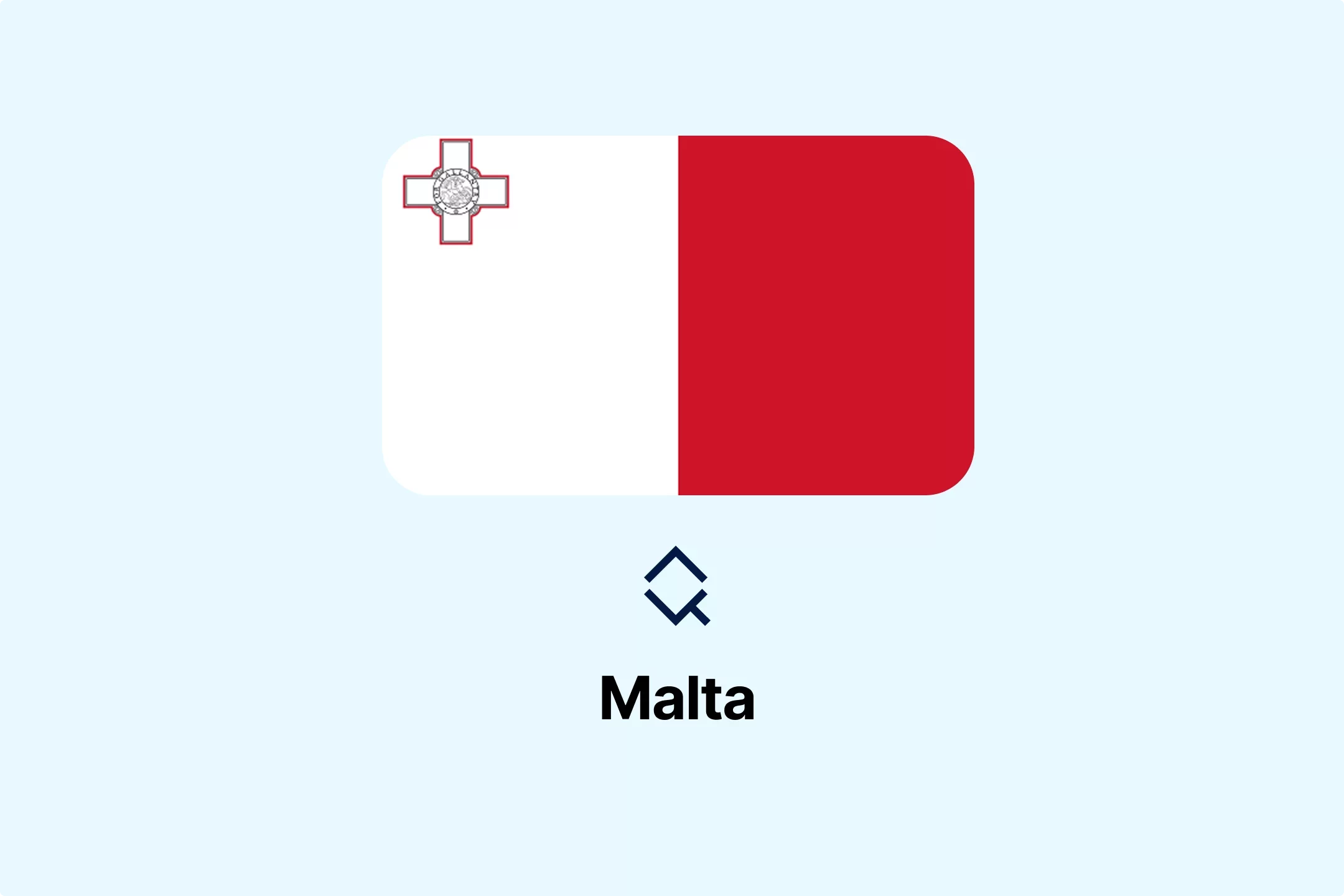
-ooimnrbete.webp)

-lwb5qpsily.webp)
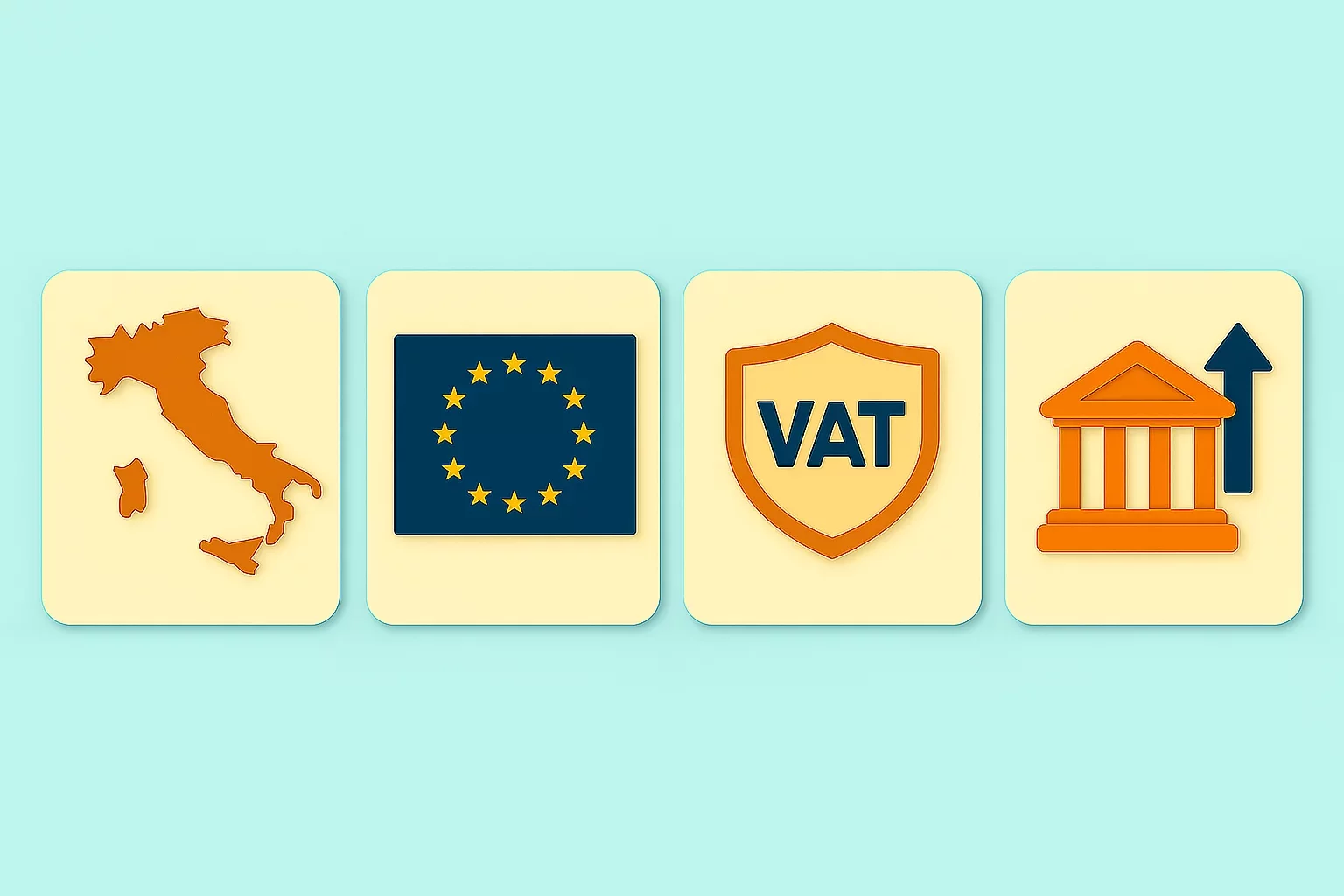
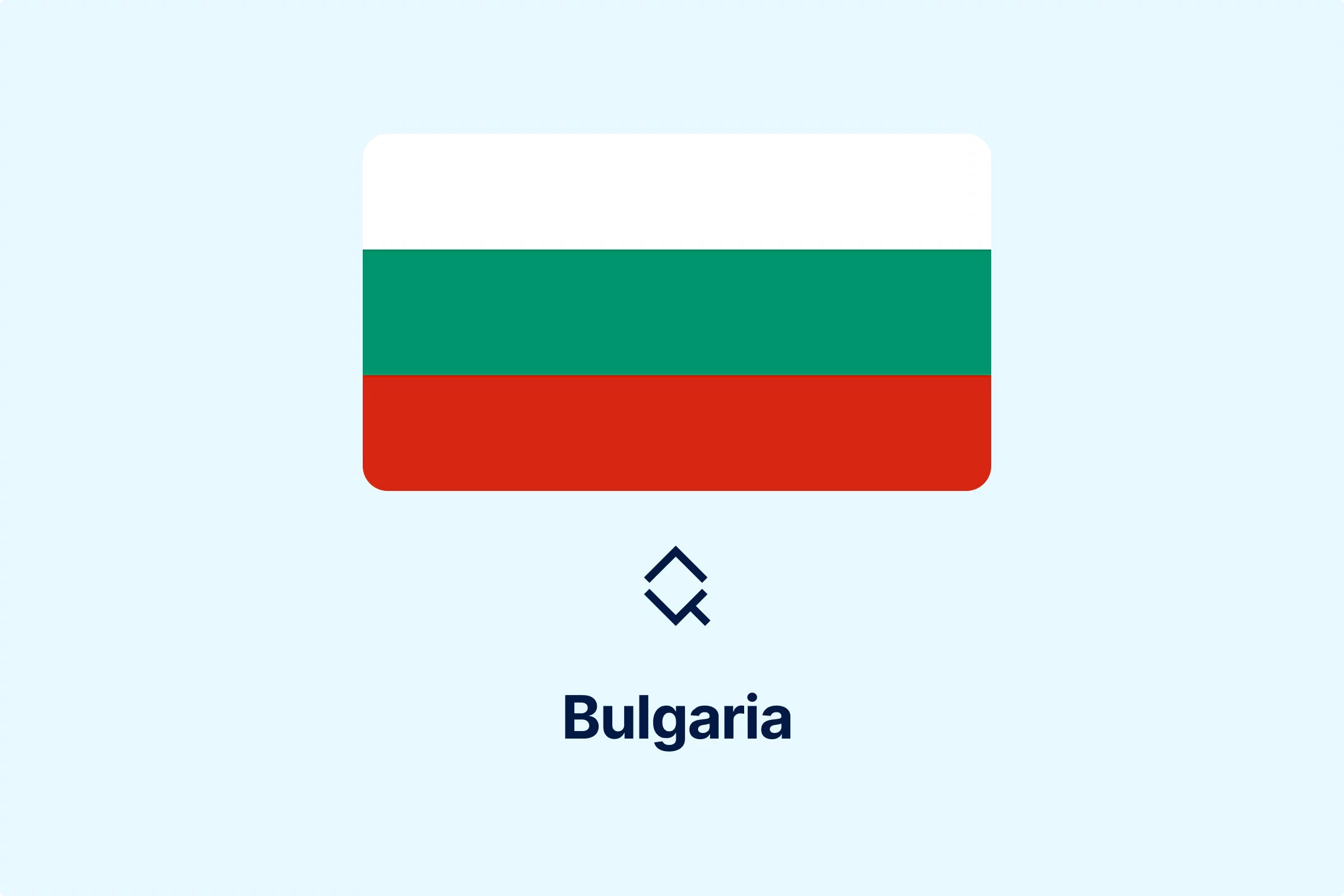
-eumafizrhm.webp)
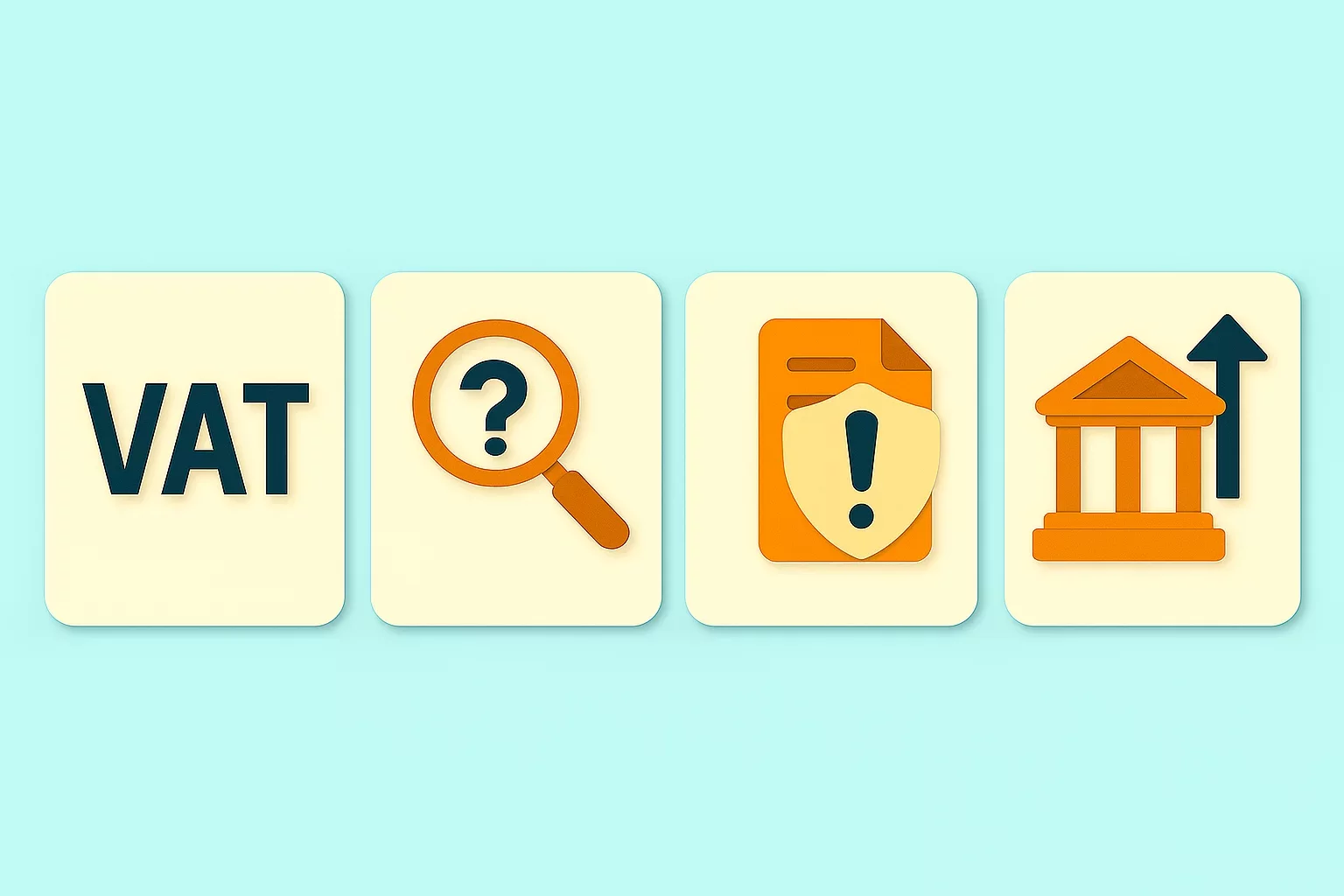
-mtqp3va9gb.webp)
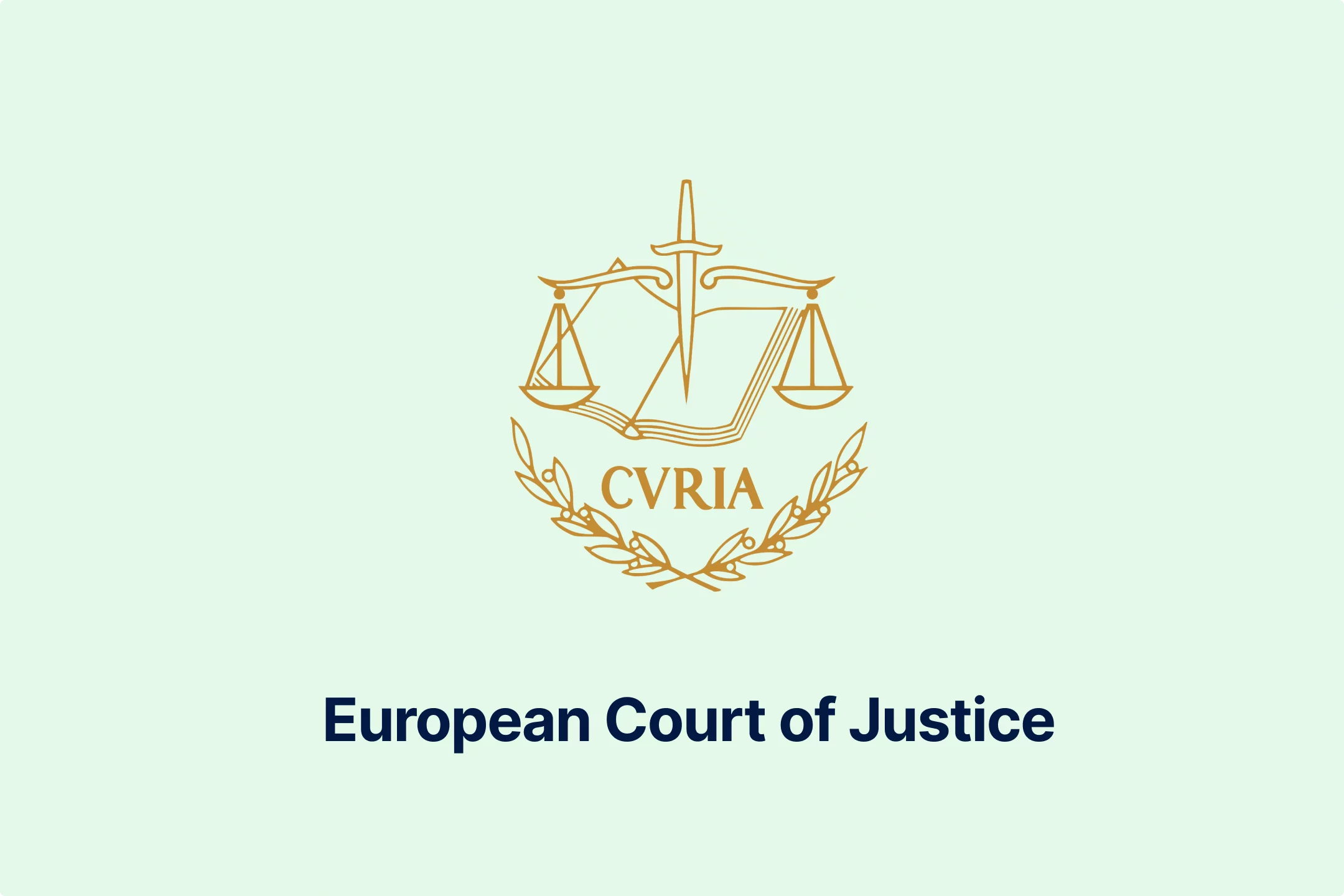
-3ewrn1yvfa.webp)
-591j35flz2.webp)
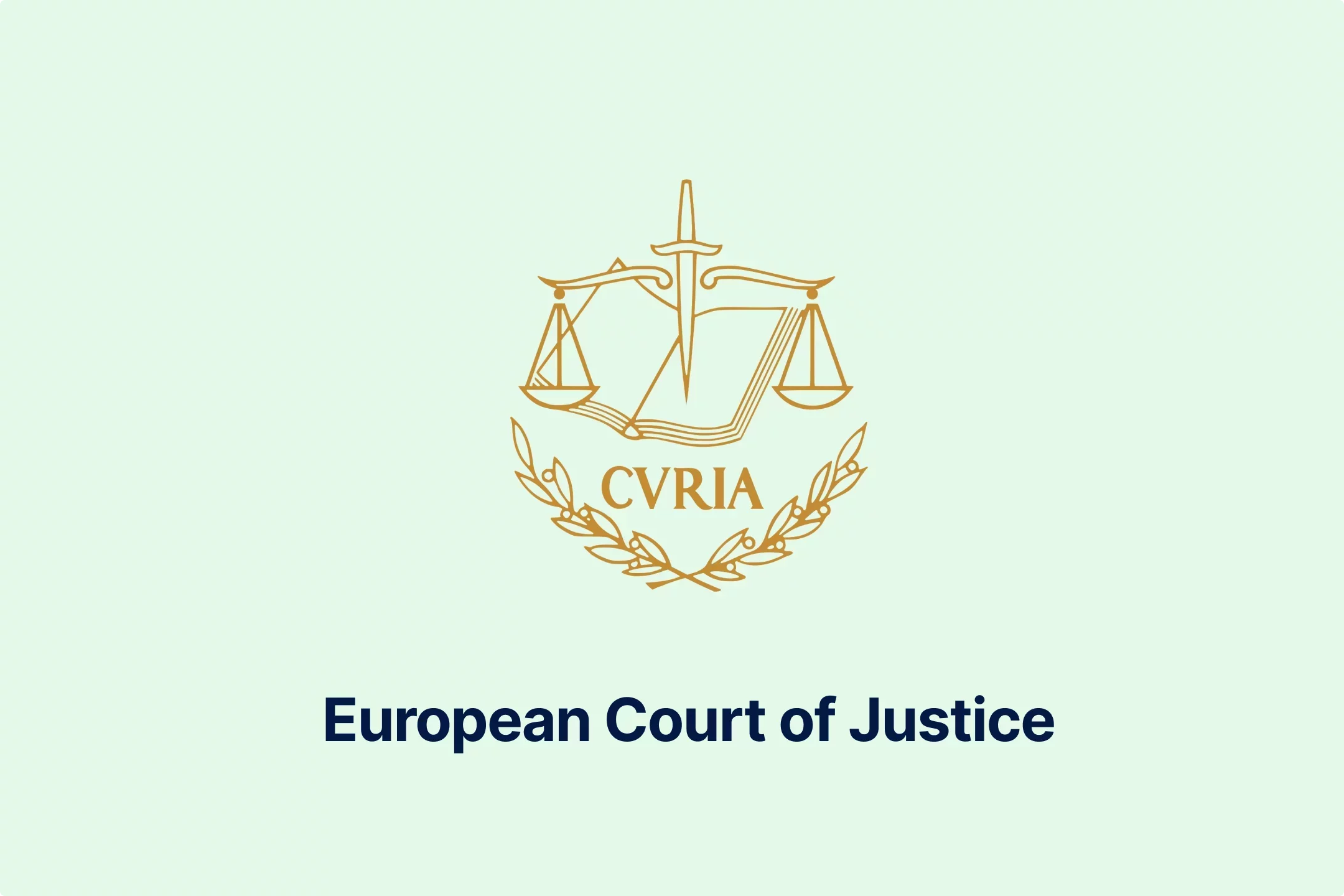
-huj3cam1de.webp)

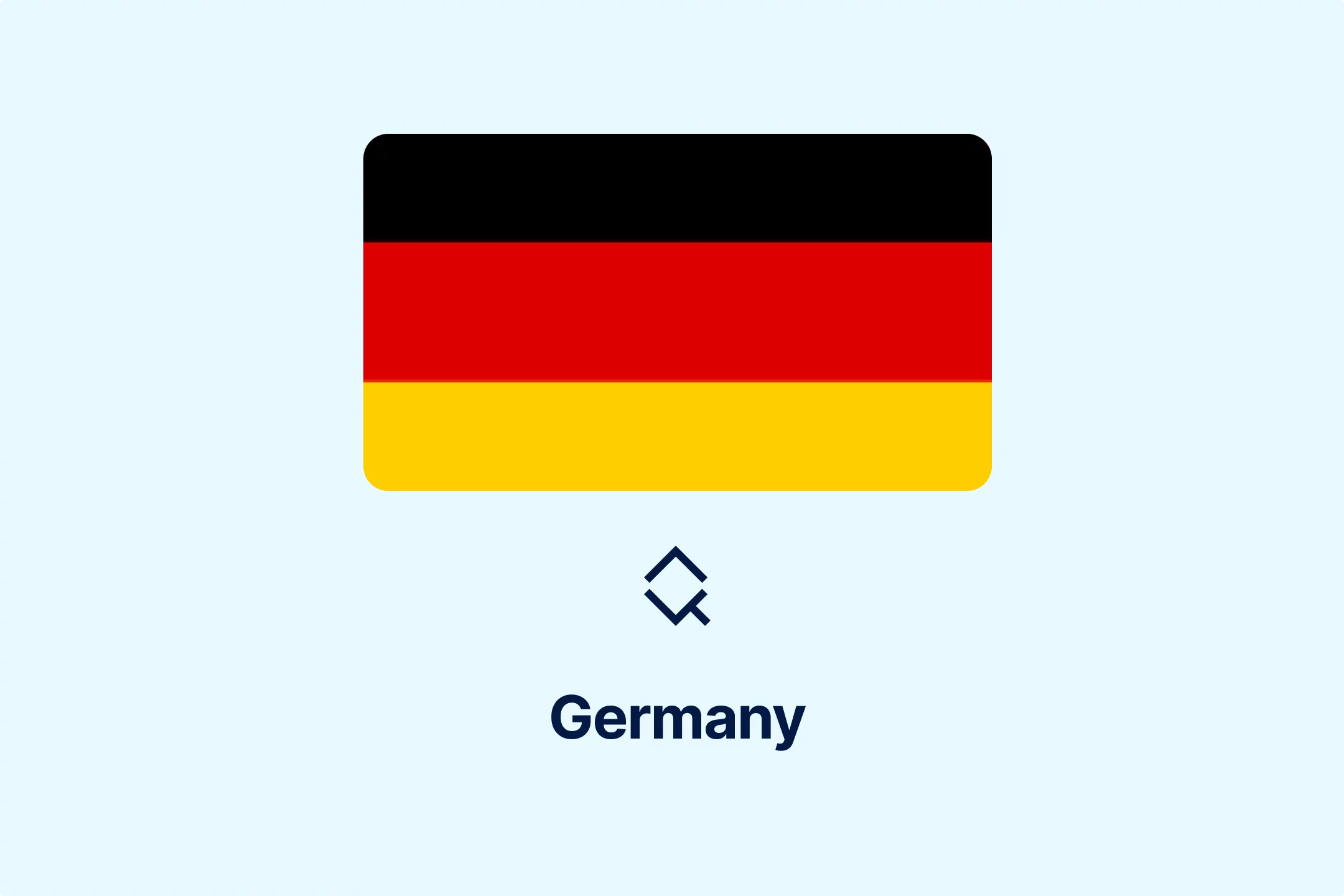
-hafis0ii23.webp)
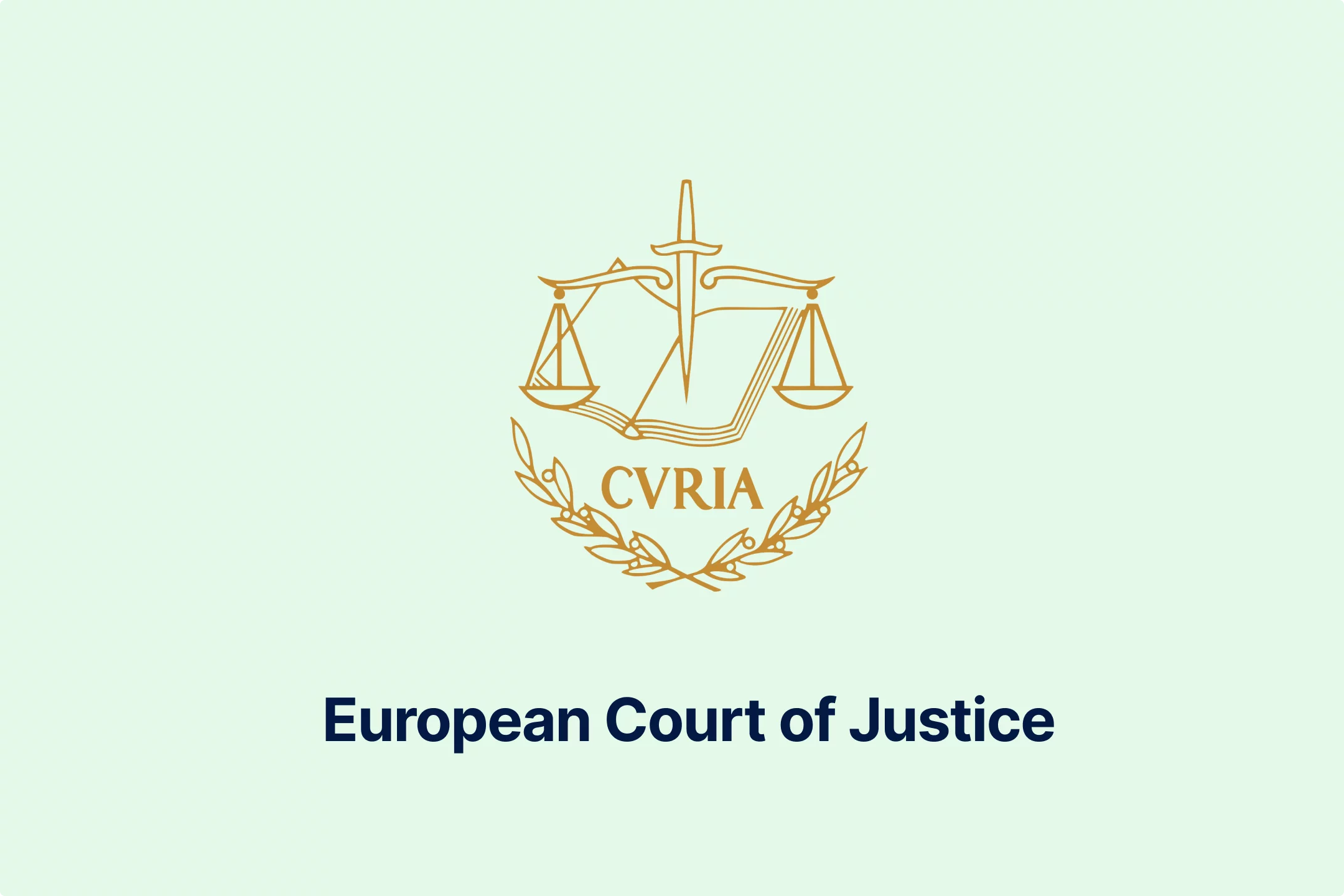
-qseaw5zmcy.webp)


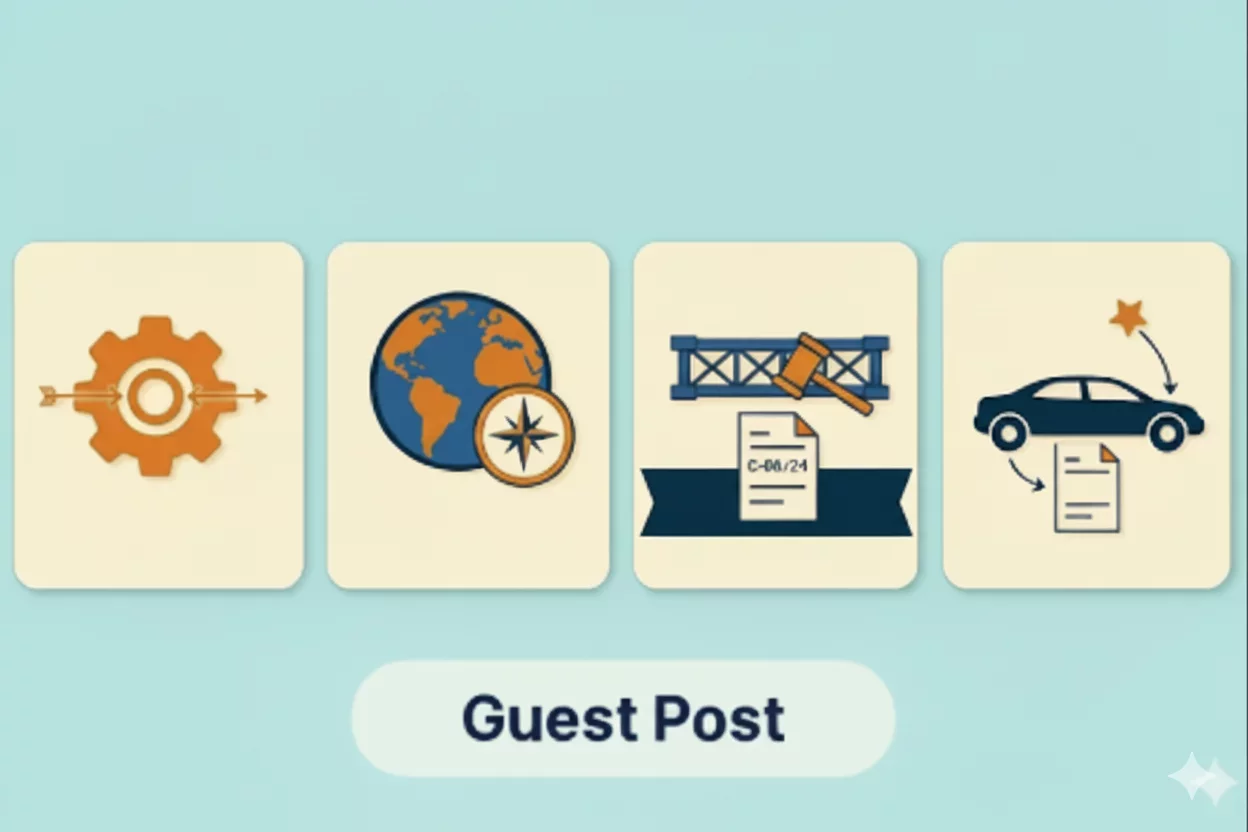
-qzsah2ifqx.webp)
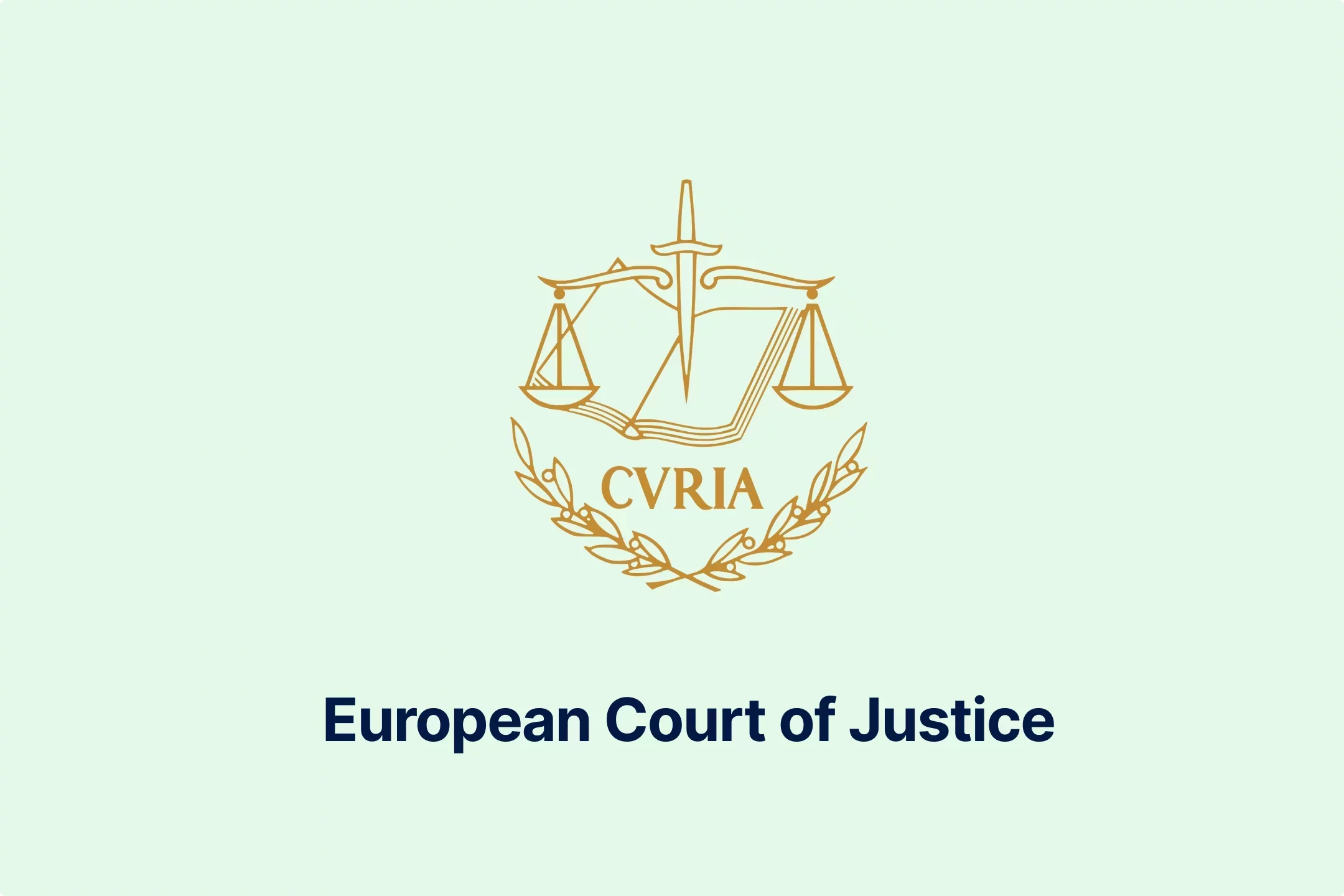
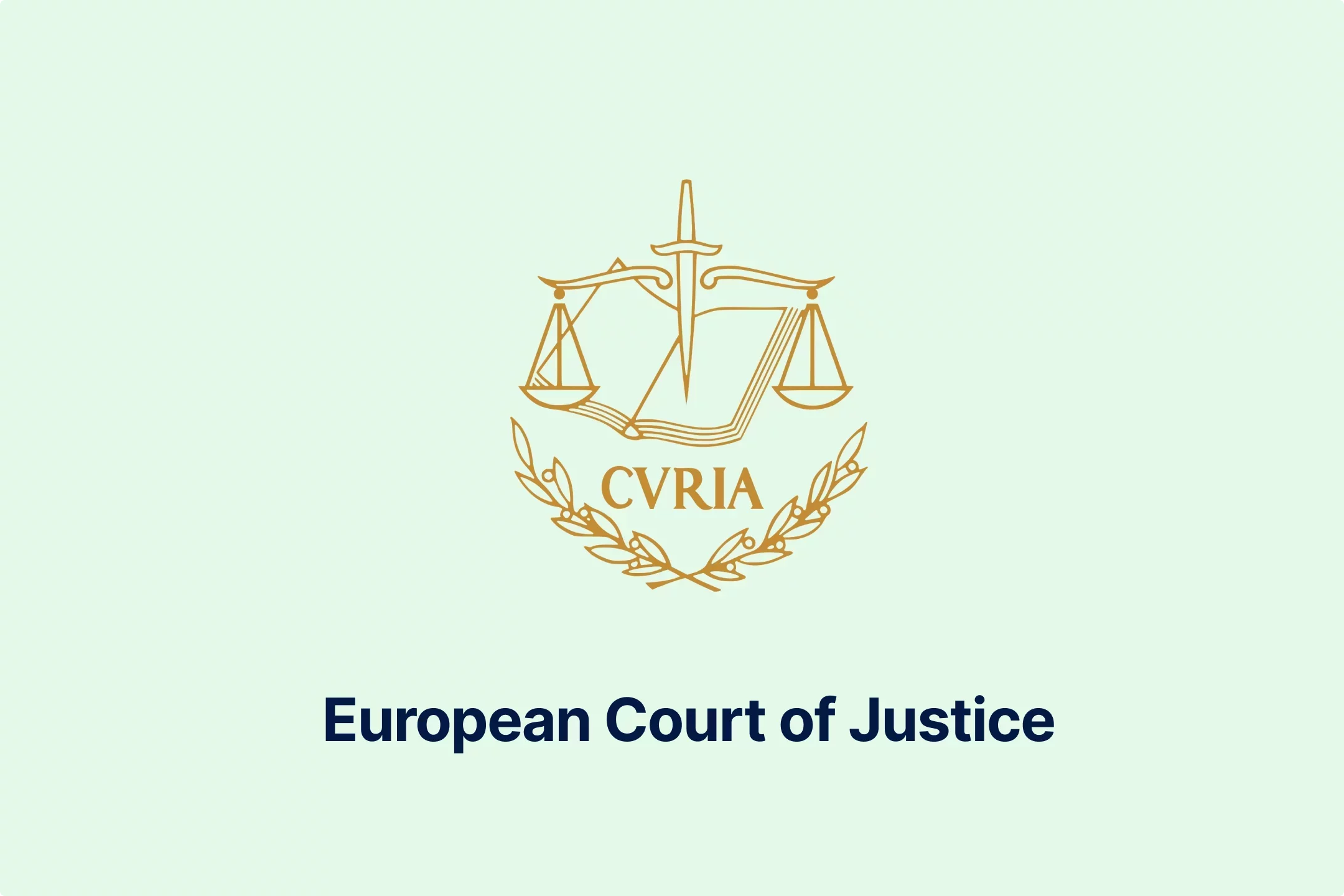
-69rzooghib.webp)
-wrvng98m0g.webp)
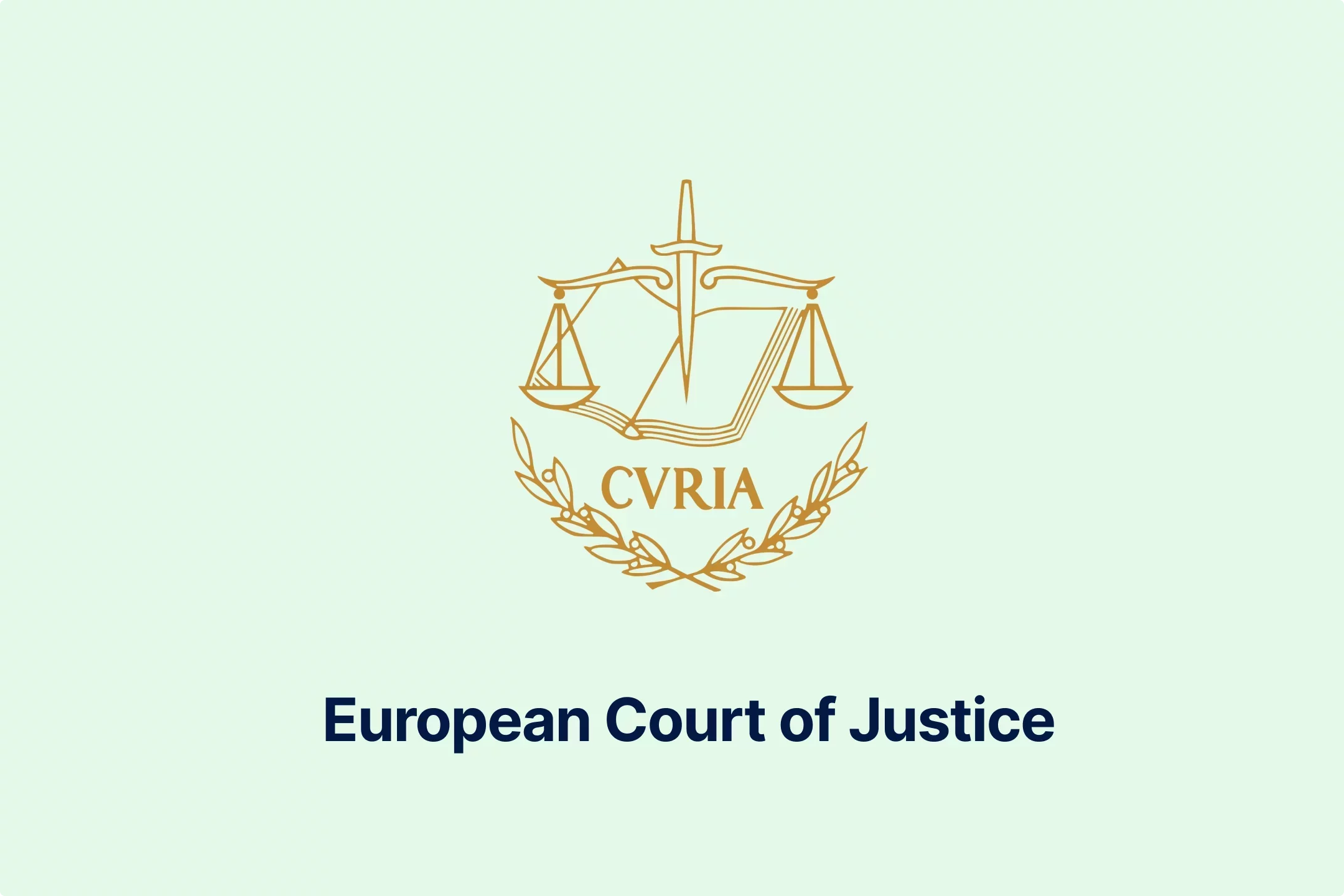
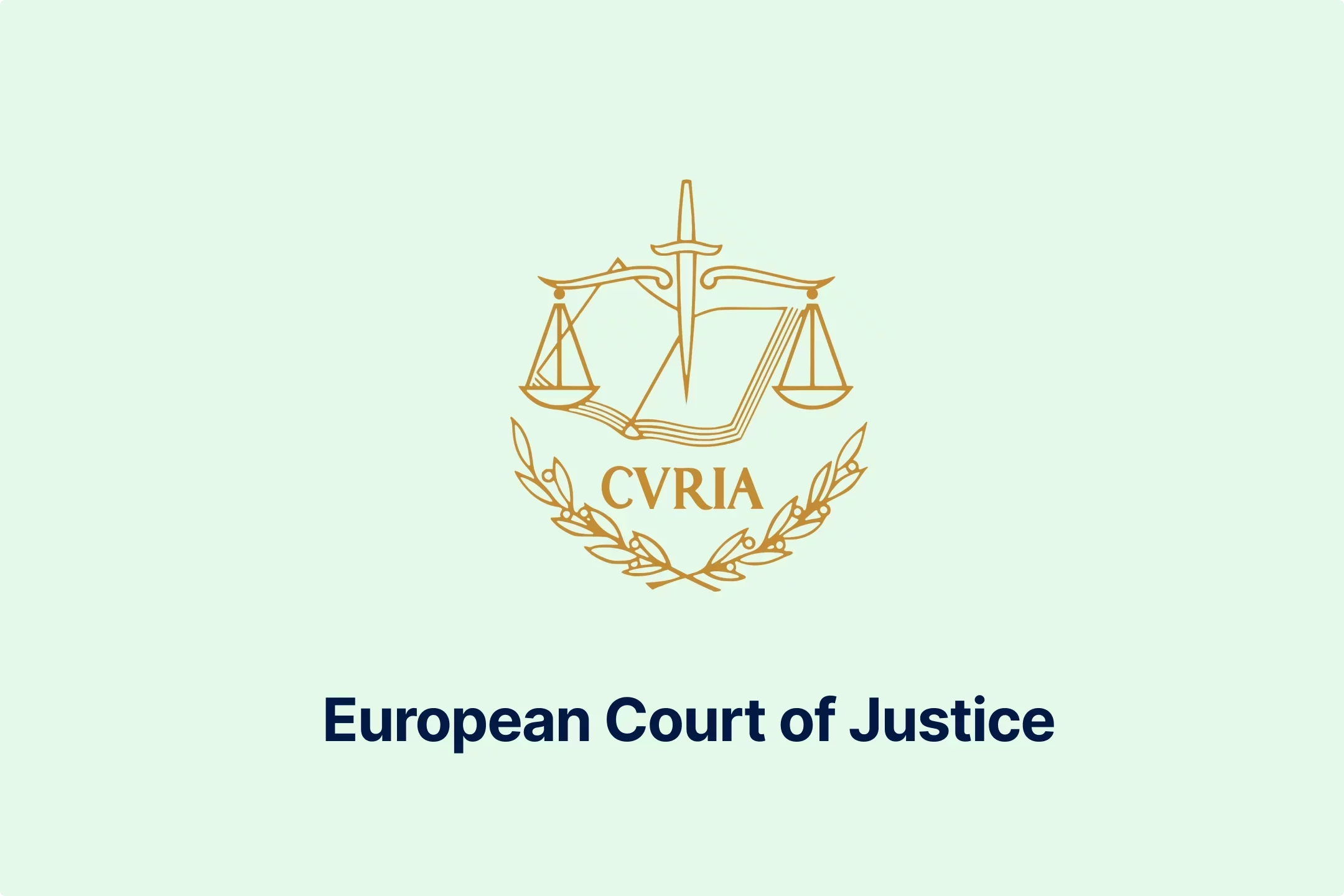
-psucycuxh2.webp)
-klyo8bn5lc.webp)
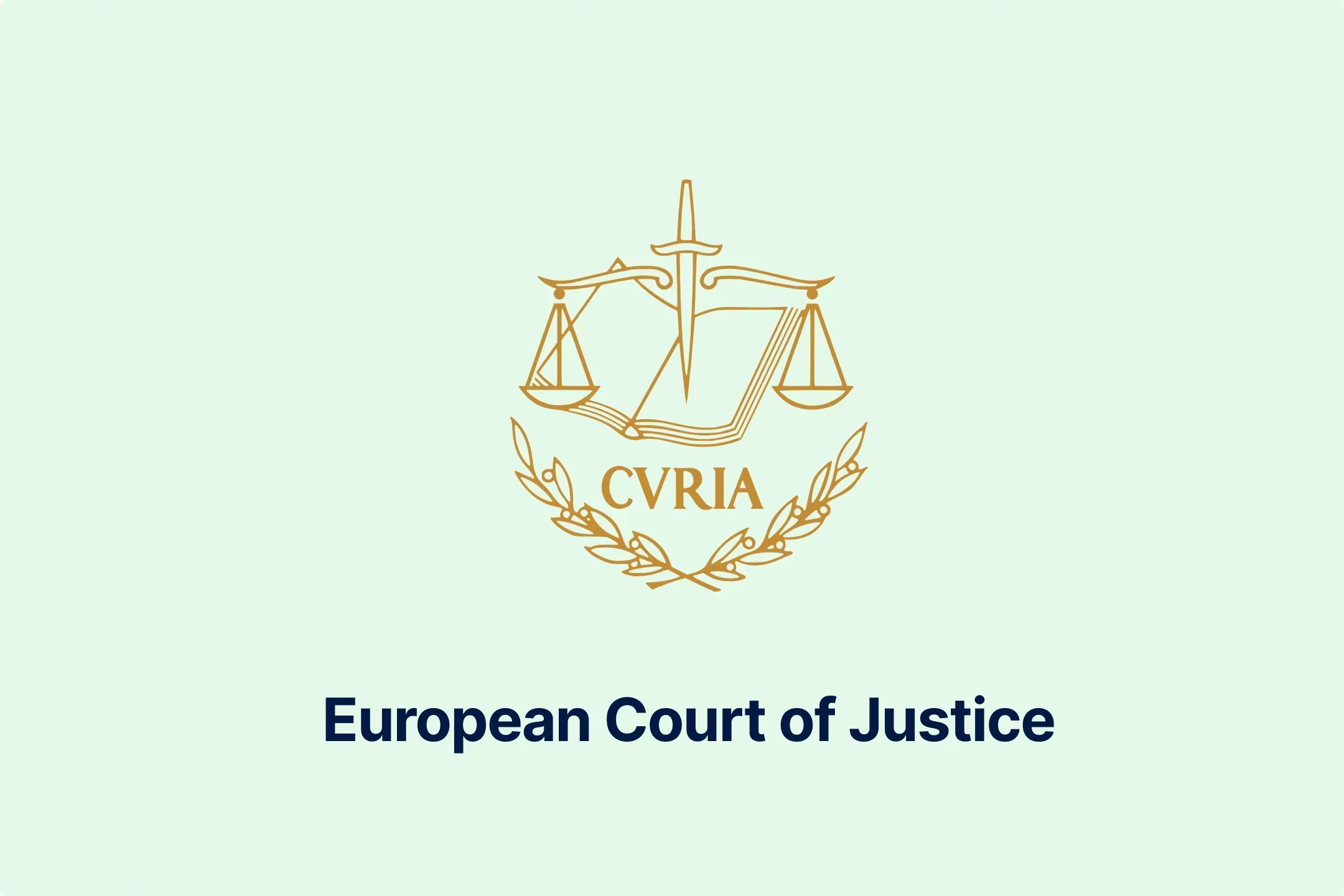


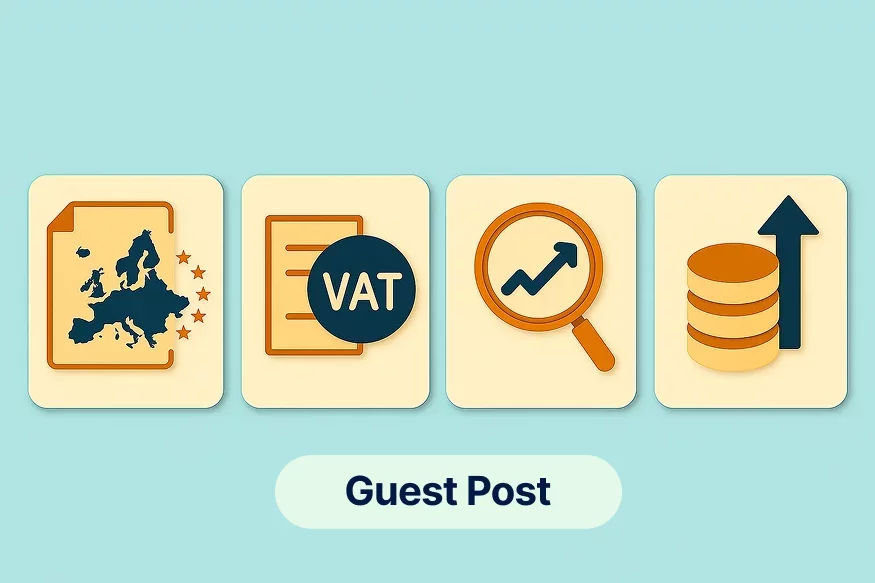
-6wv5h5eyyd.webp)
-tfgg78rbid.webp)
-a6jpv9ny8v.webp)
-qhdbapy0qr.webp)
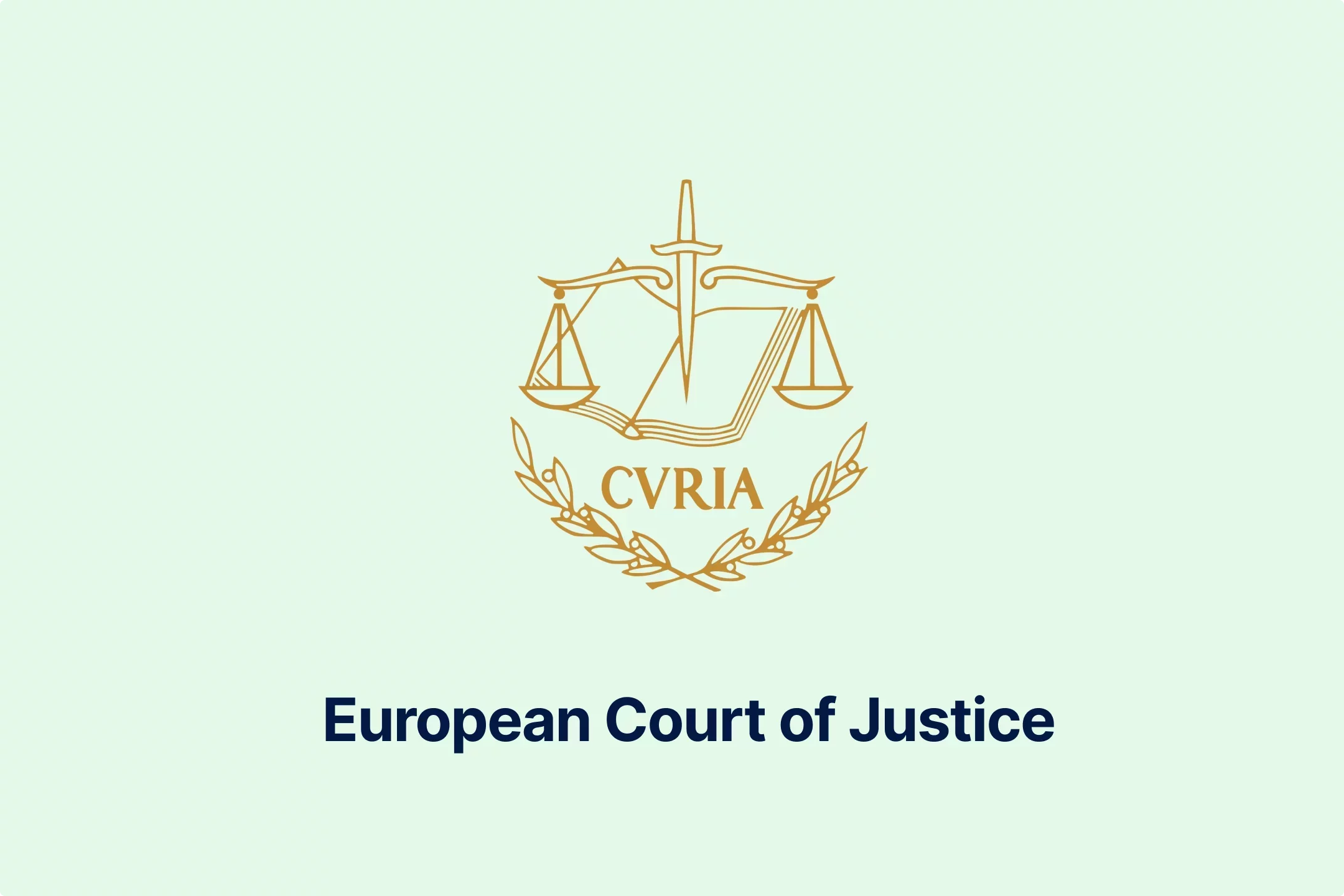
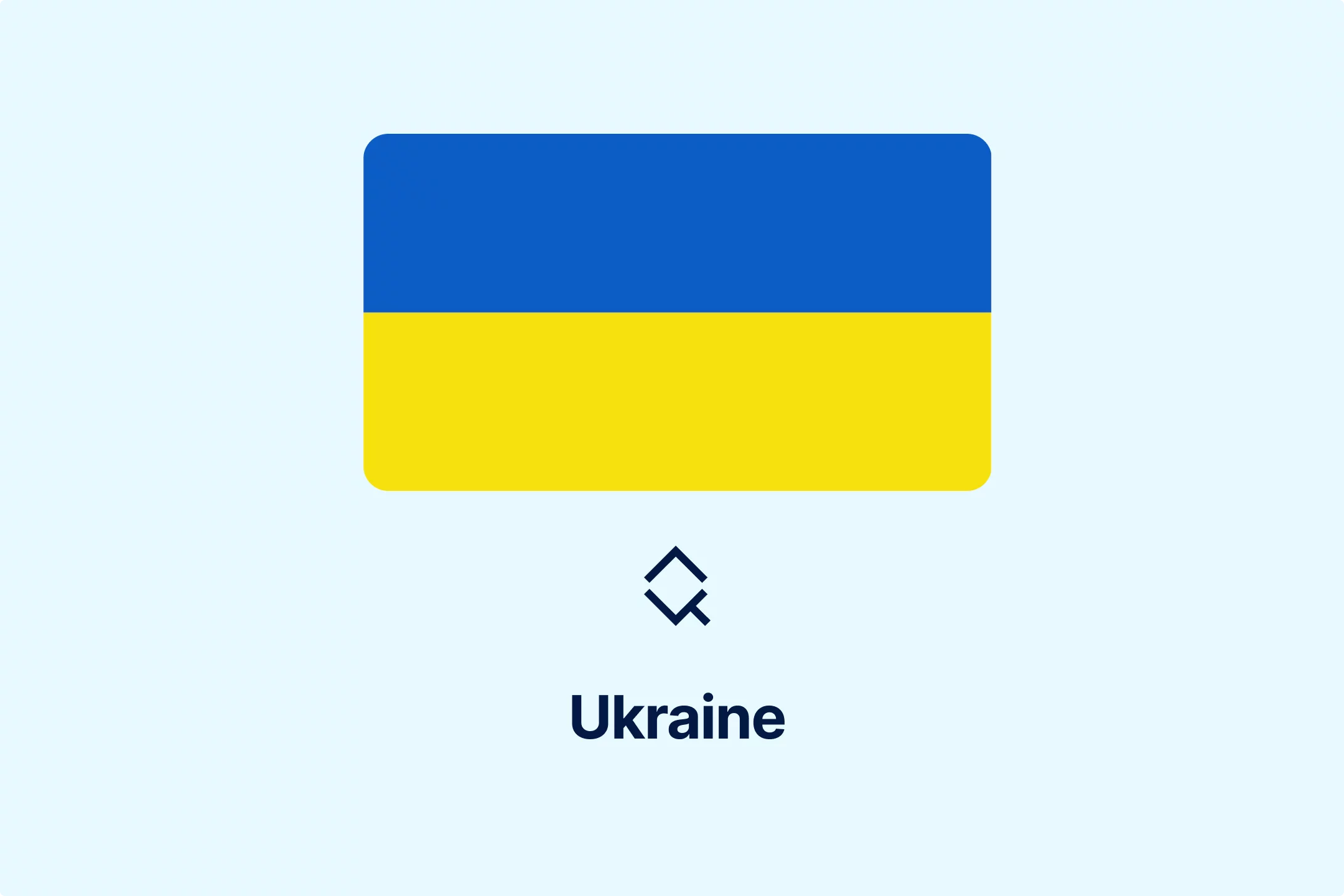
-owvu7zoc13.webp)
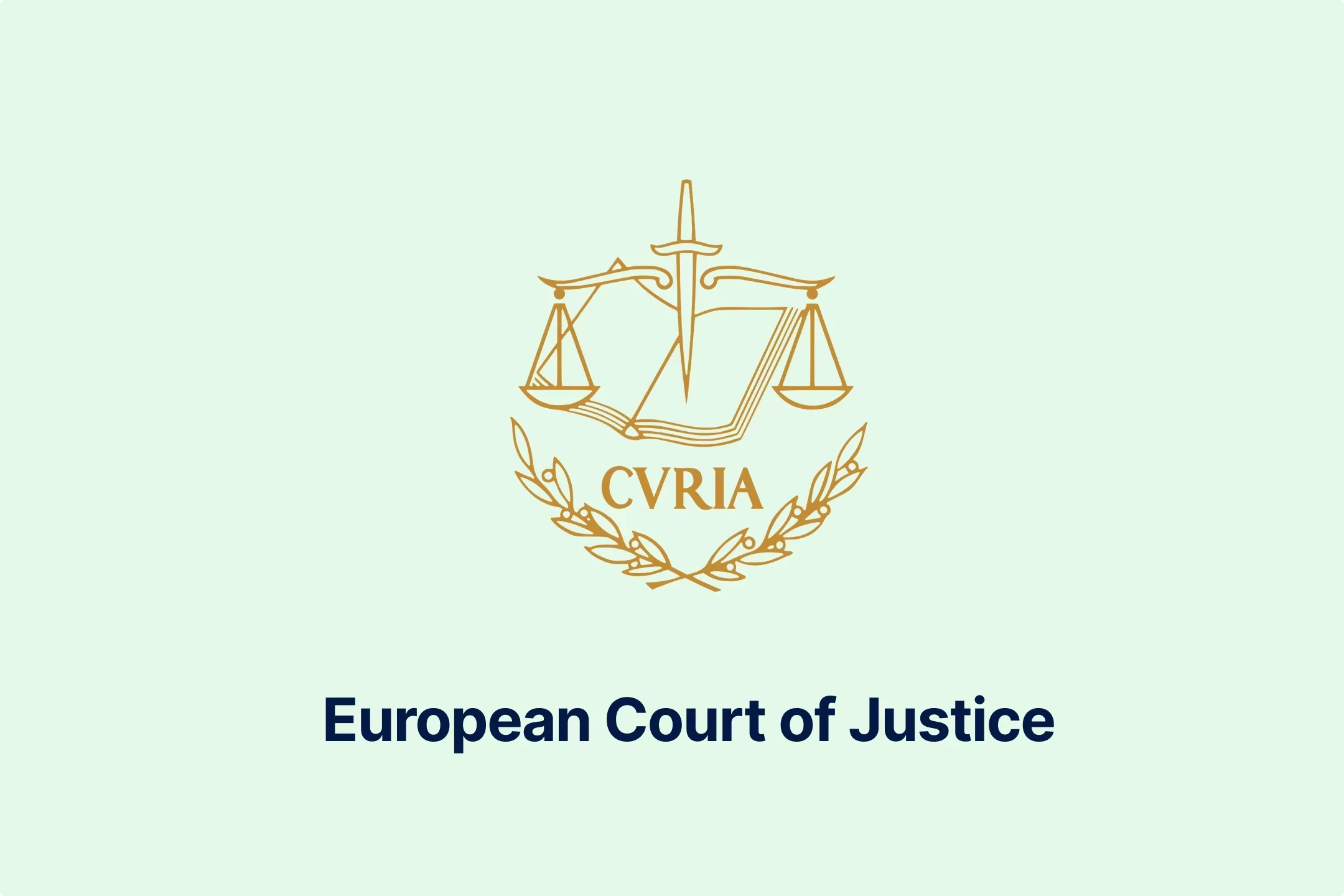
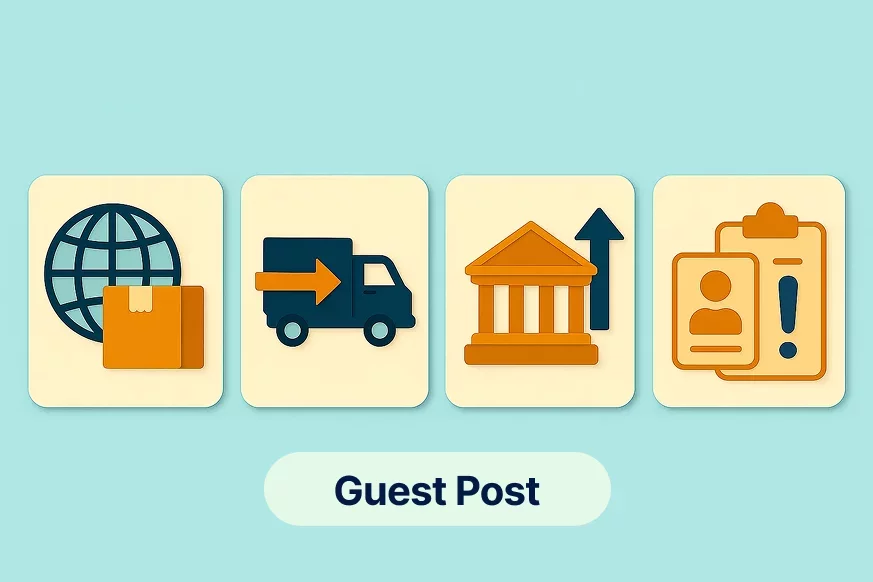
-h28jrh1ukm.webp)
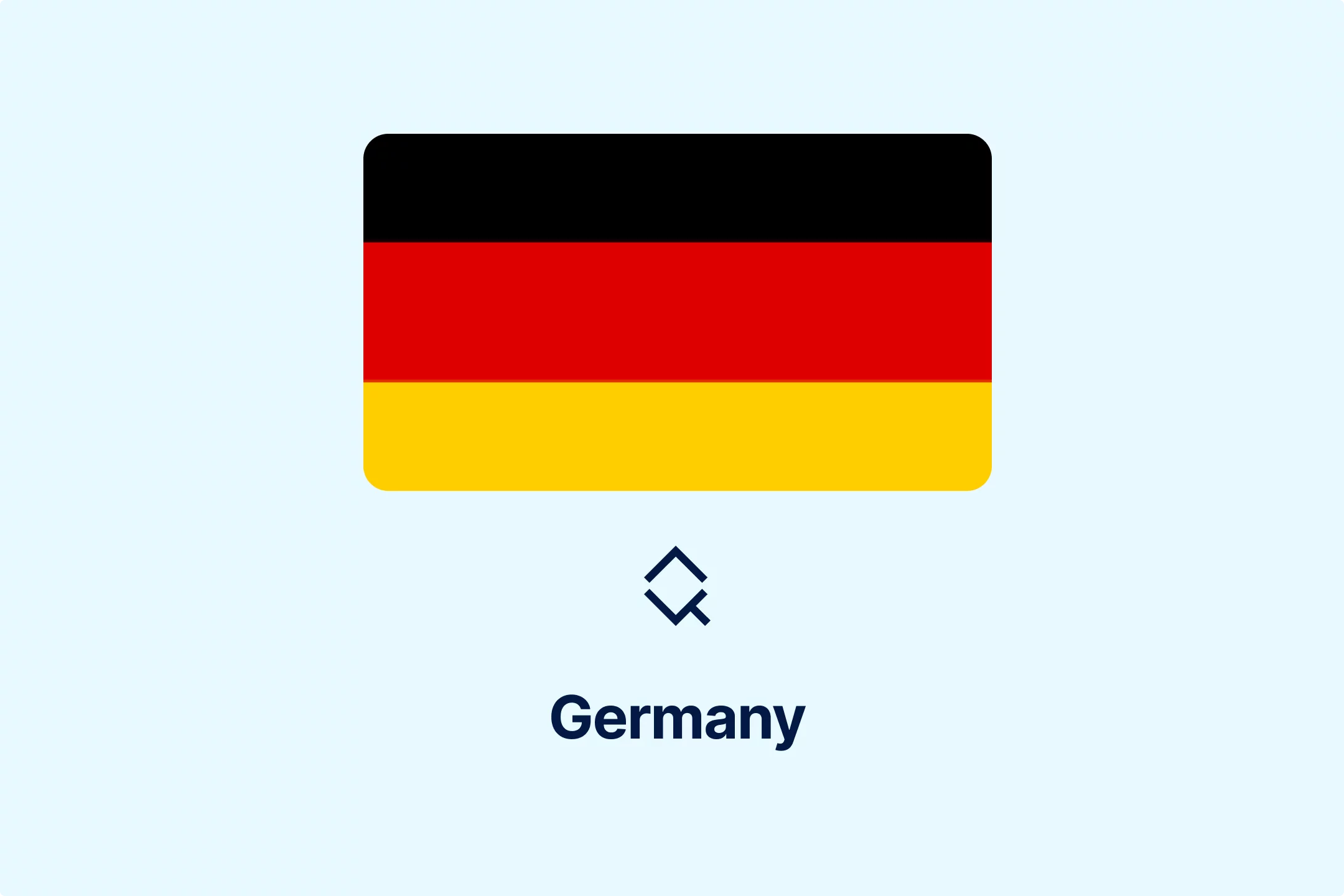
-wl9bl1rw3a.webp)
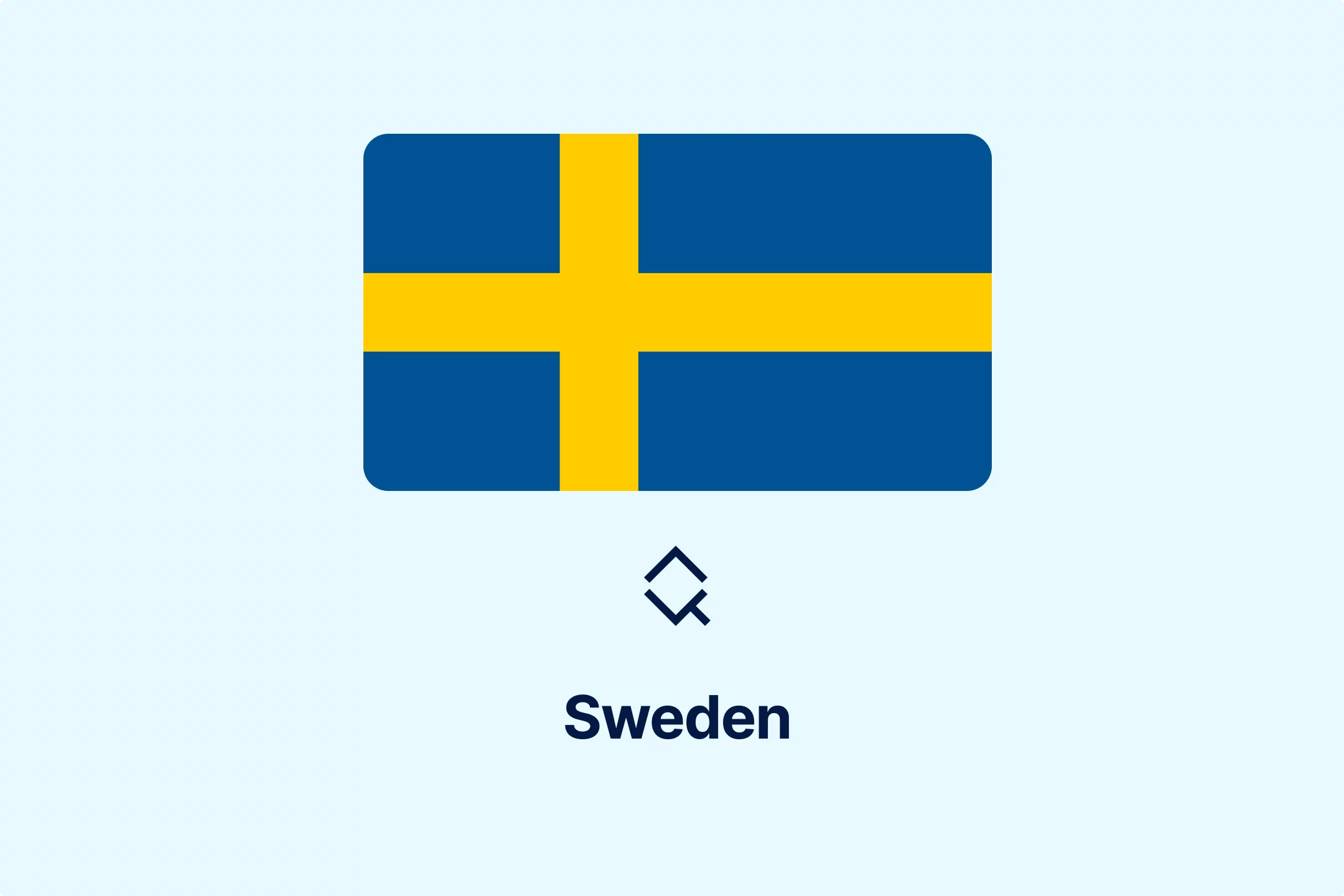
-2w76jtvtuk.webp)

-c0uvrmrq9j.webp)
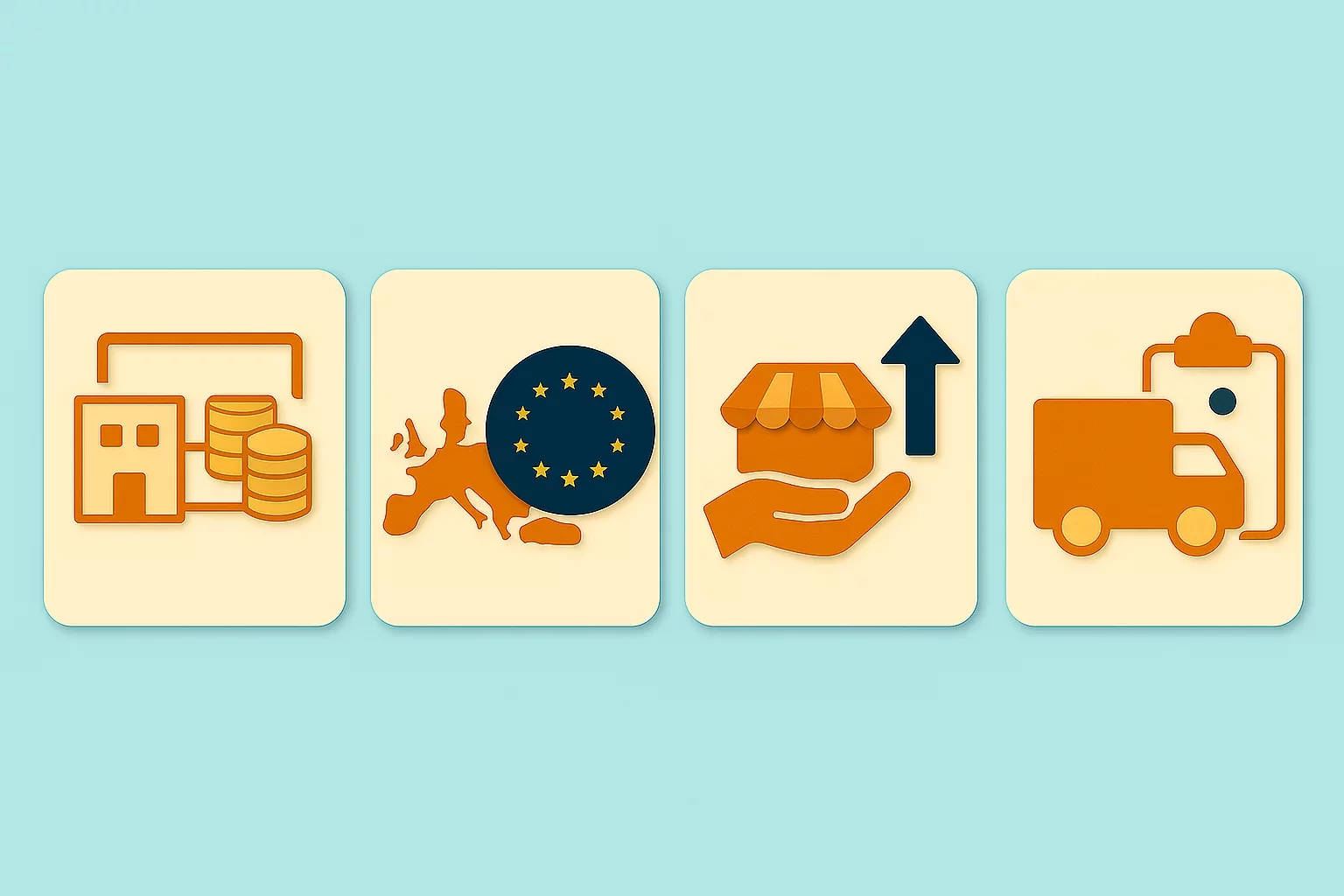
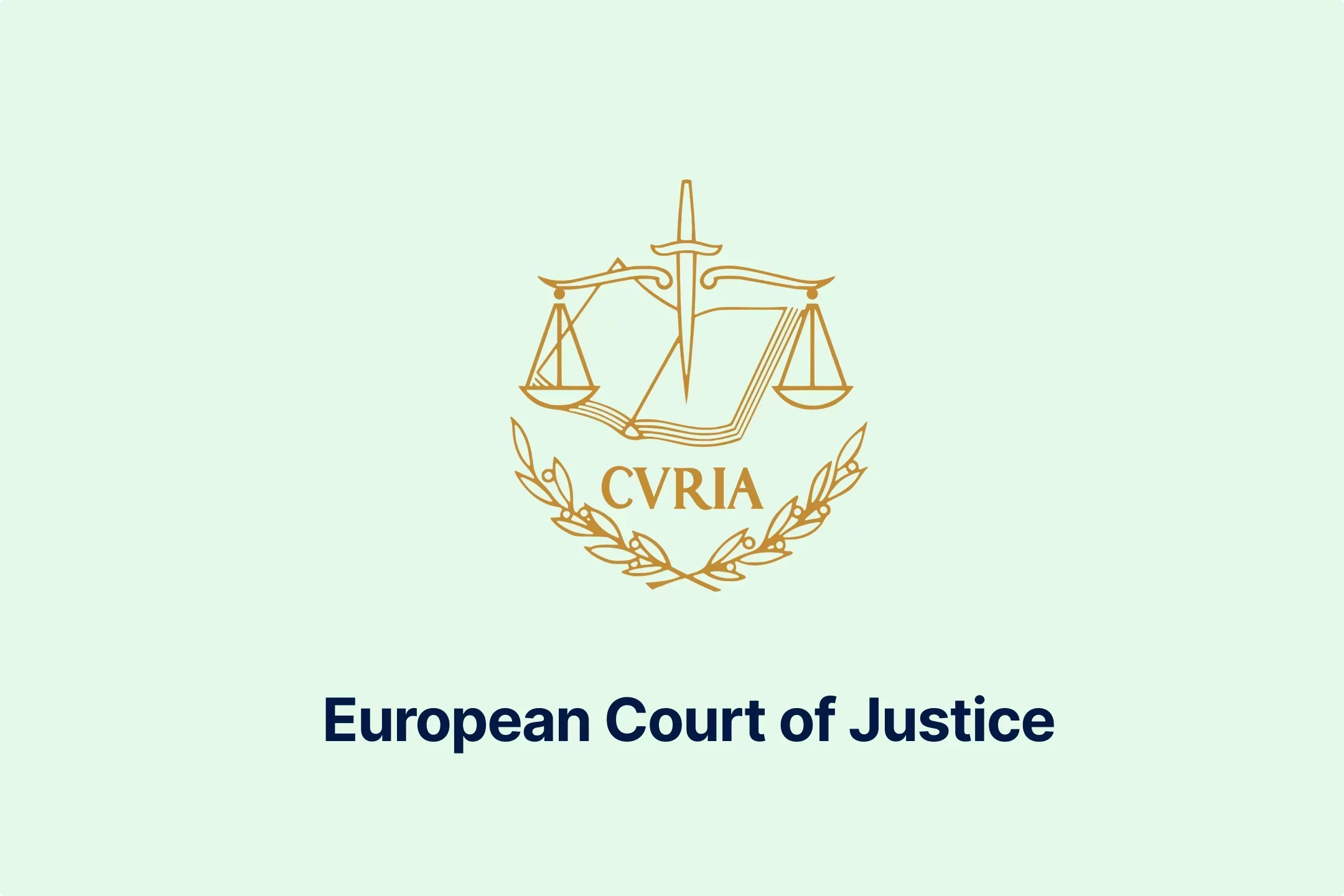
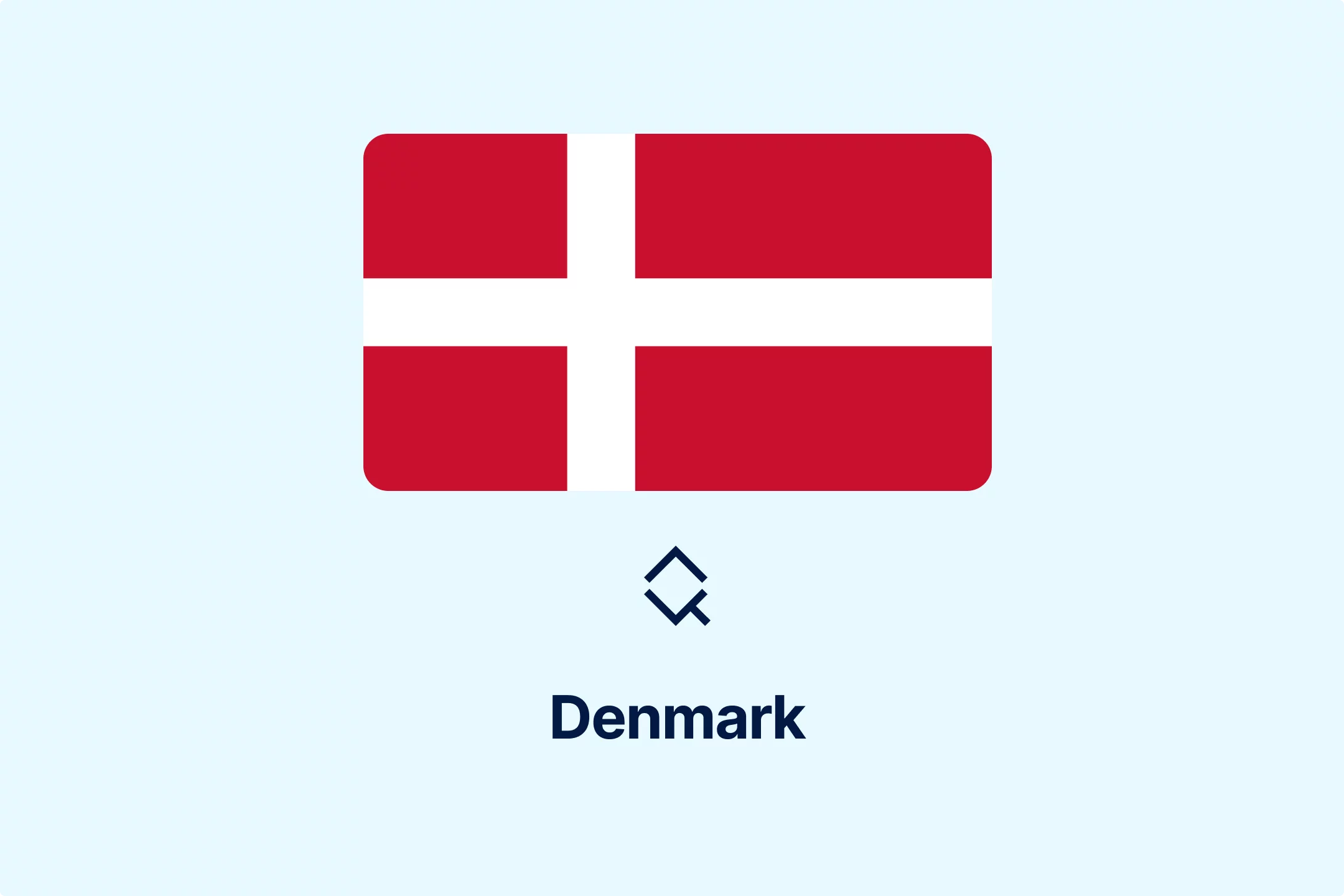
-pofe7ucwz3.webp)
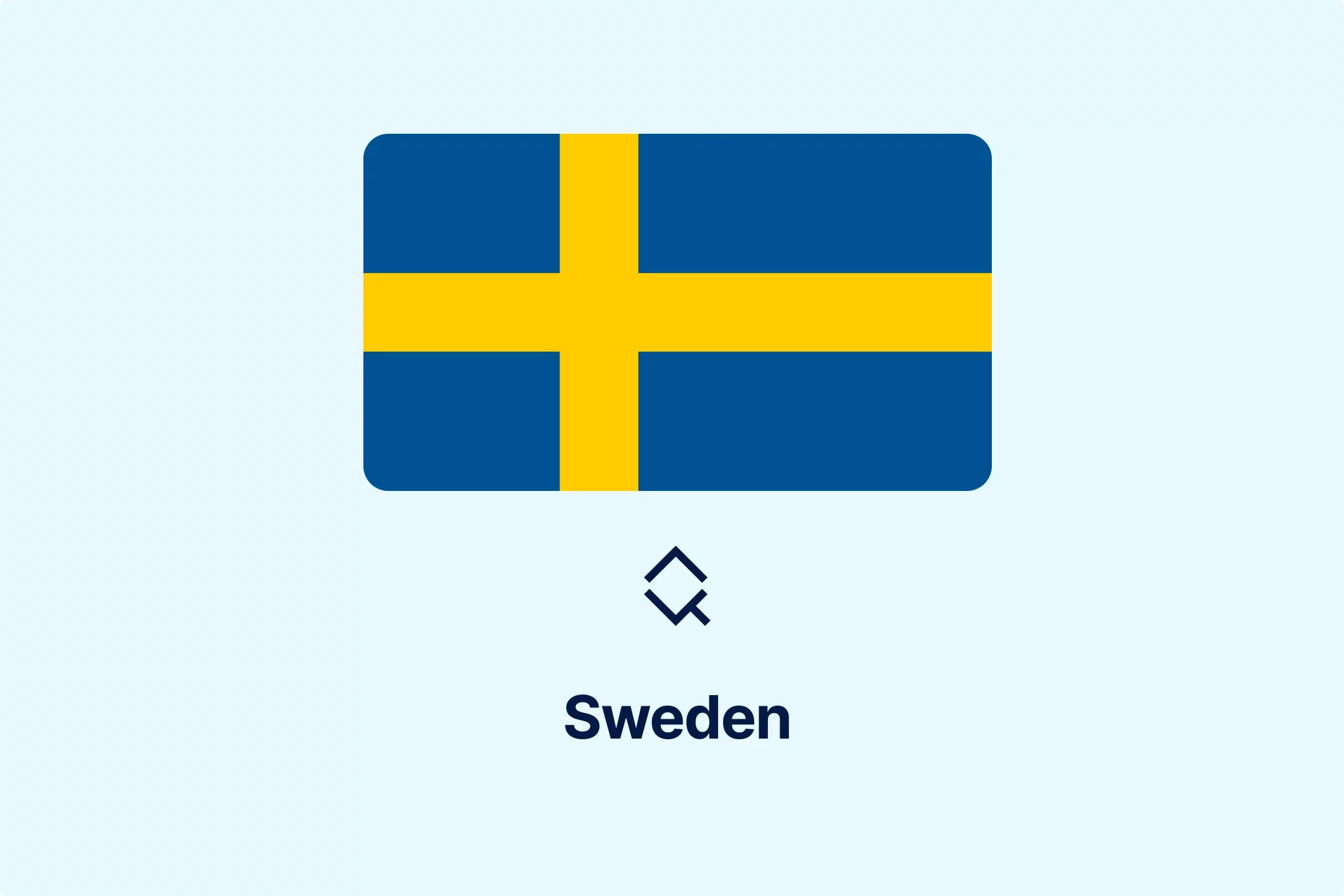
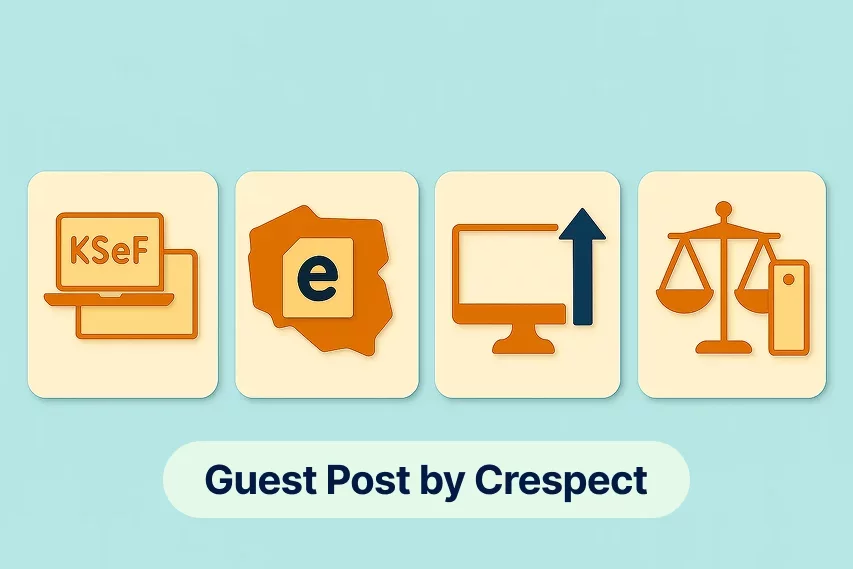
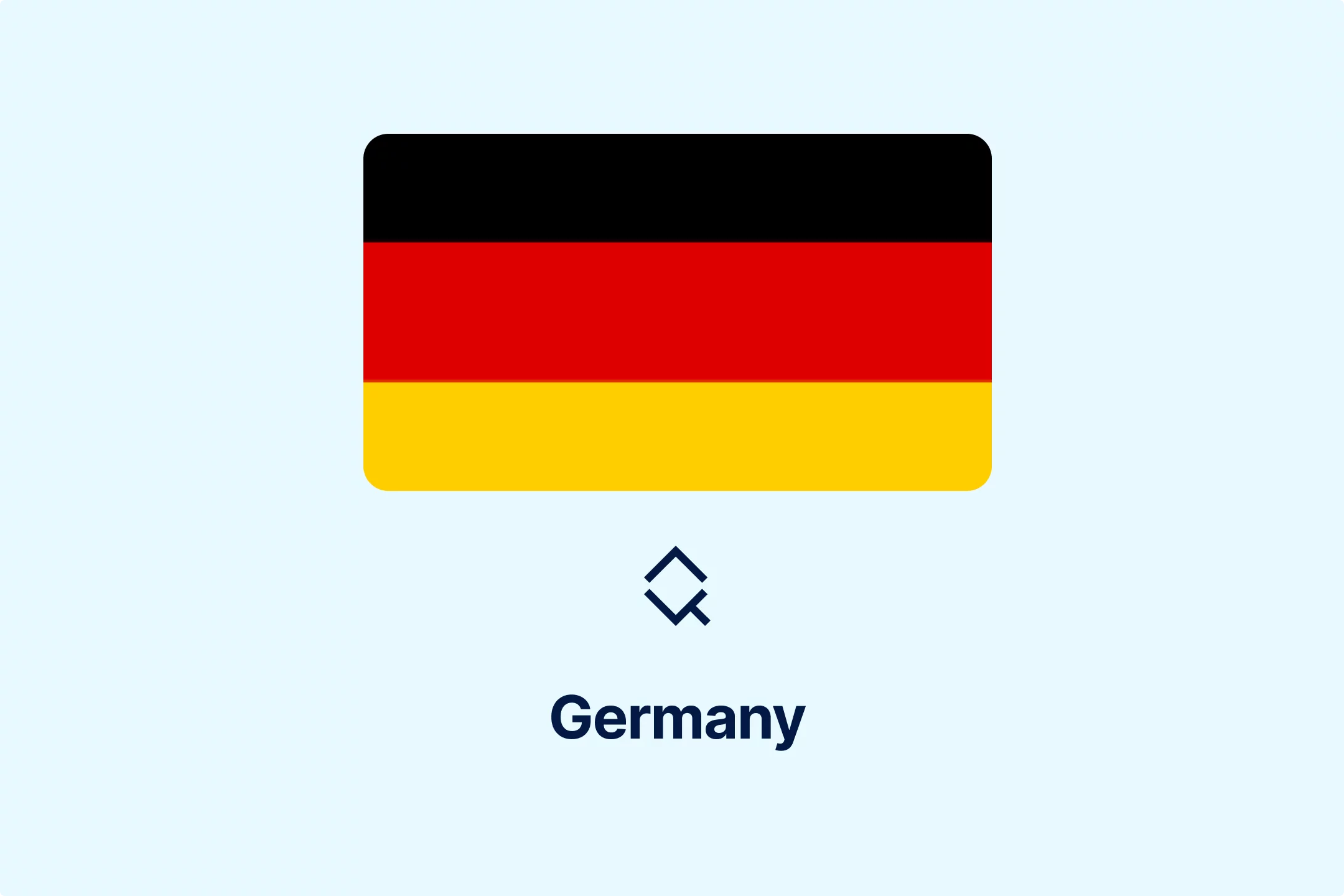
-5cc23ezxyf.webp)
-rrmabbekeb.webp)
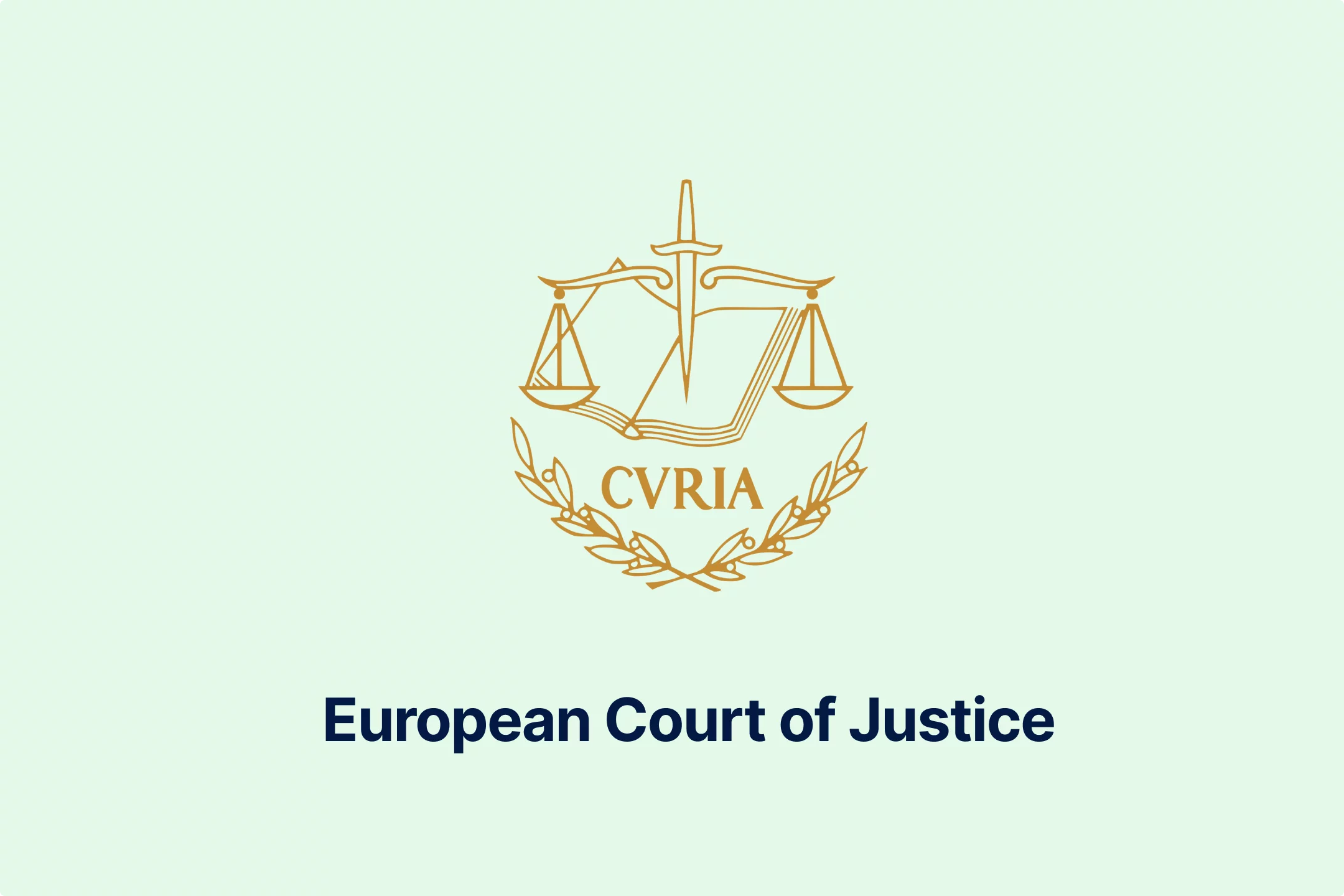
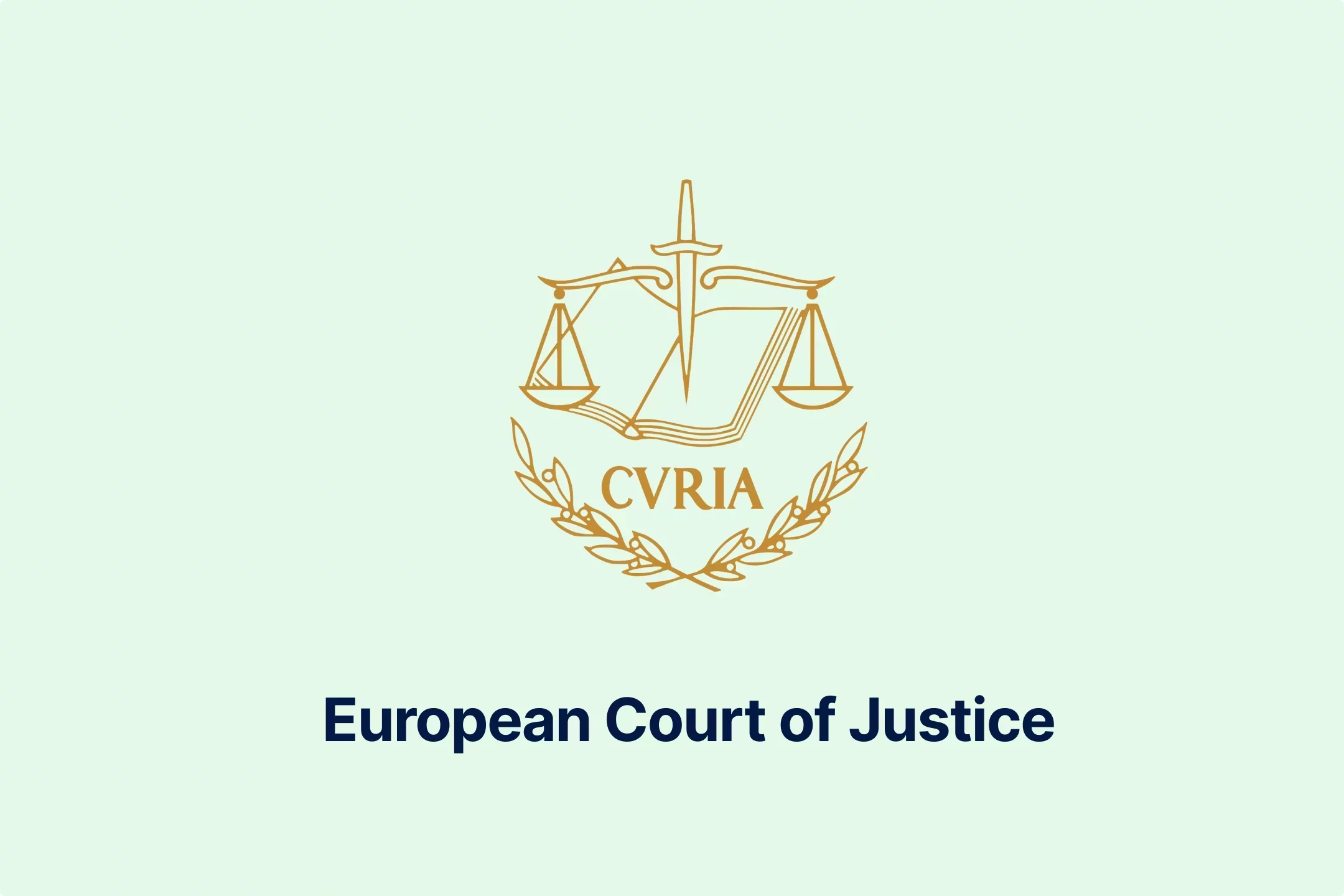
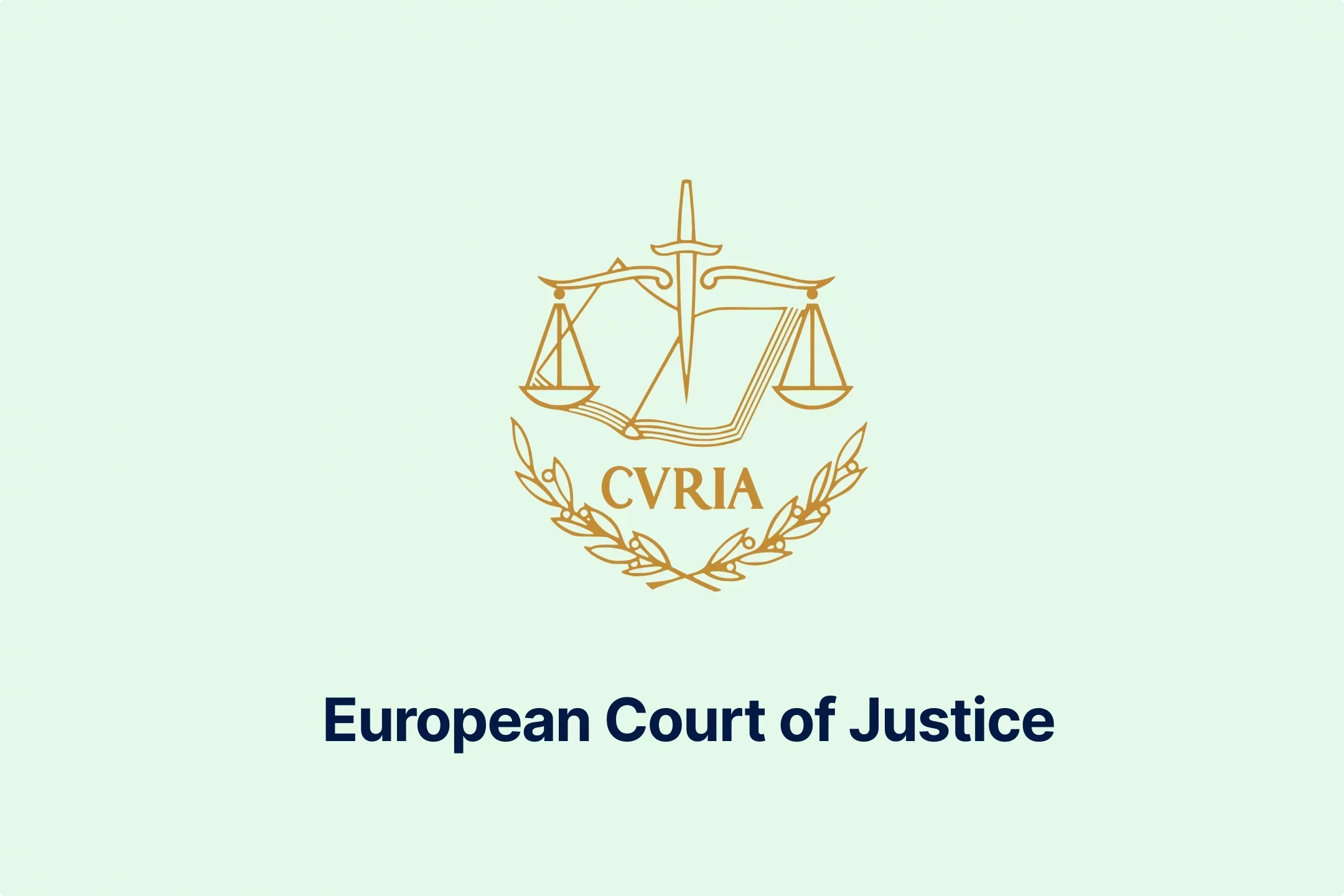
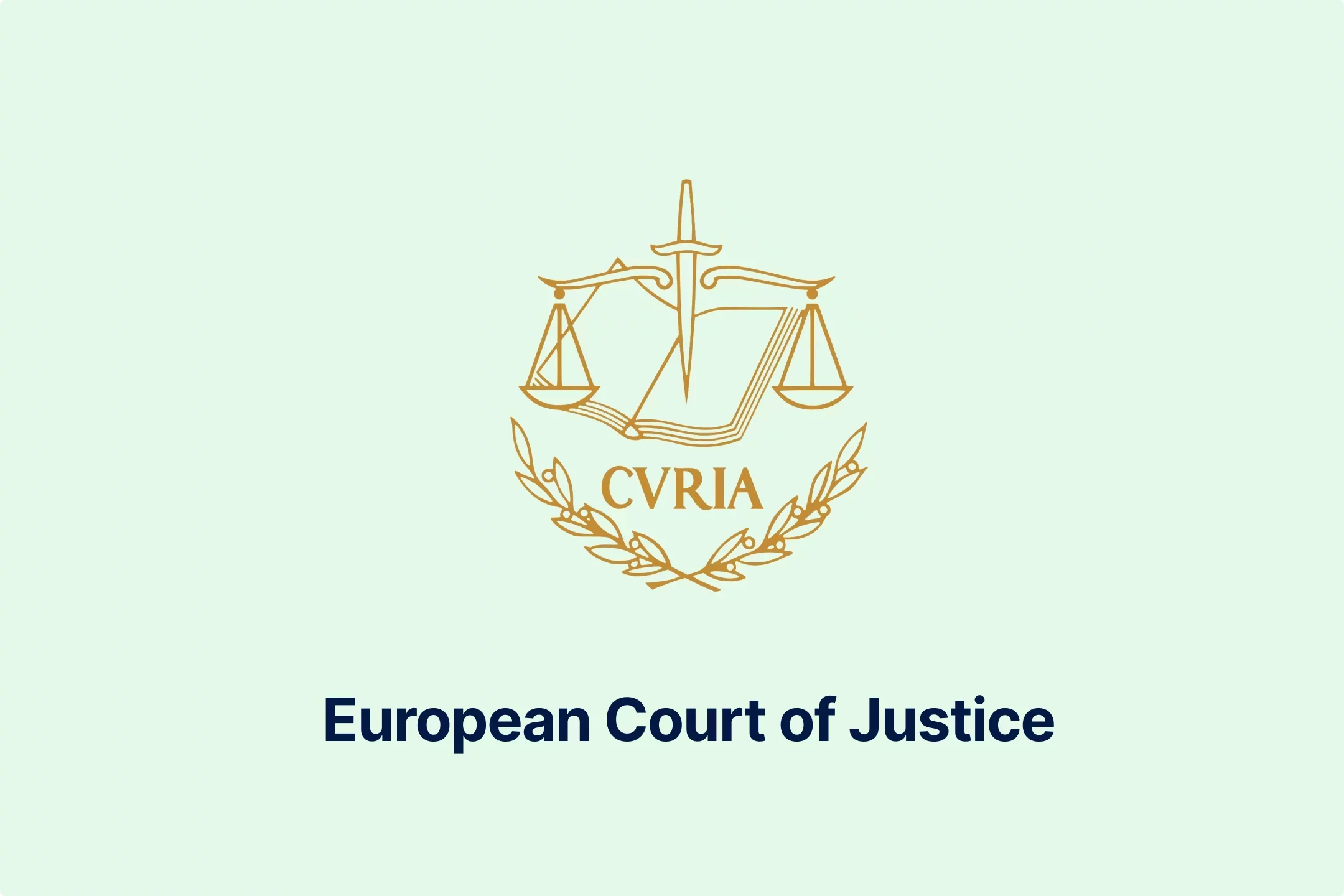
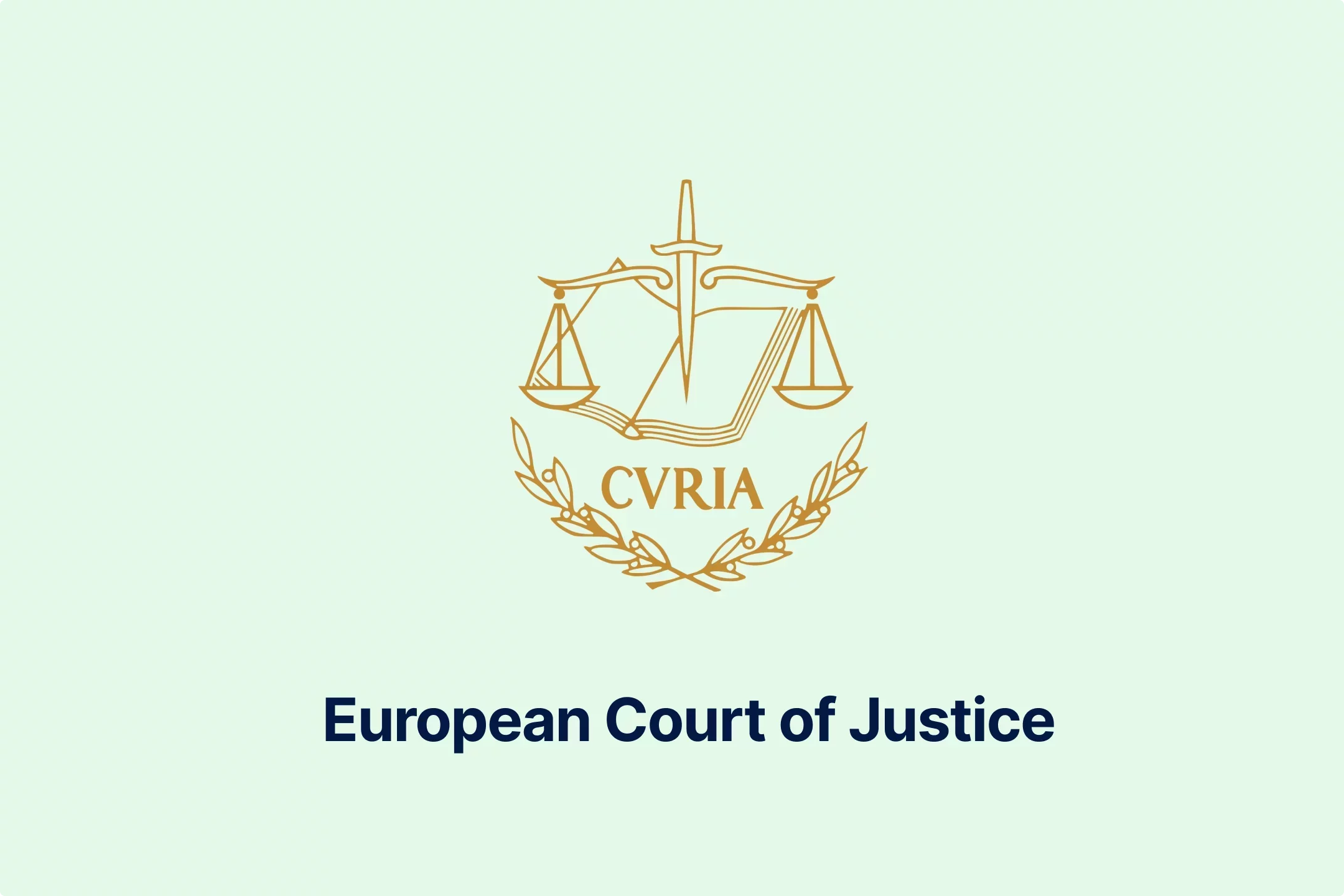


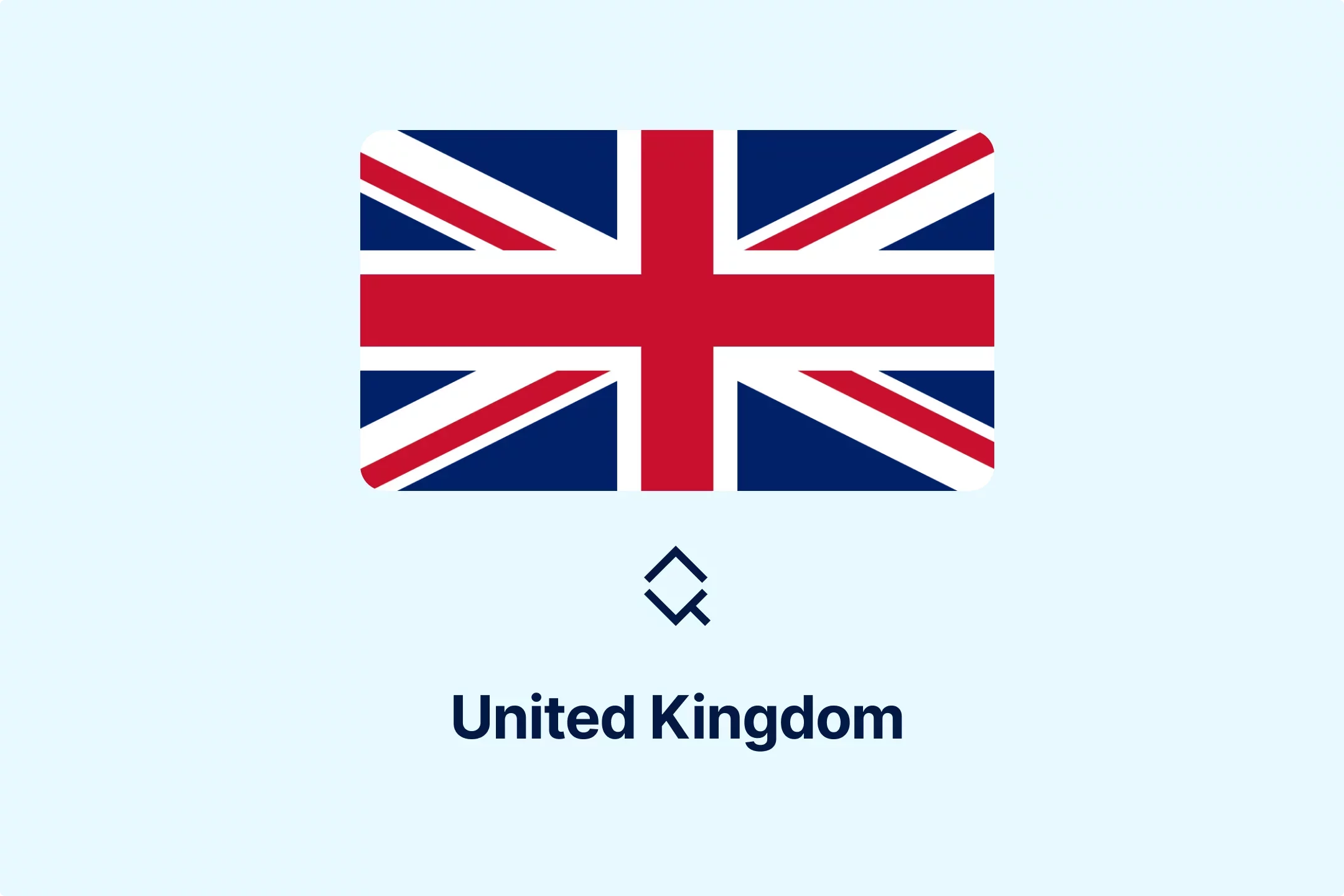
-iyyeiabtaf.webp)
-c8rbjkcs01.webp)
-nilkffjhah.webp)
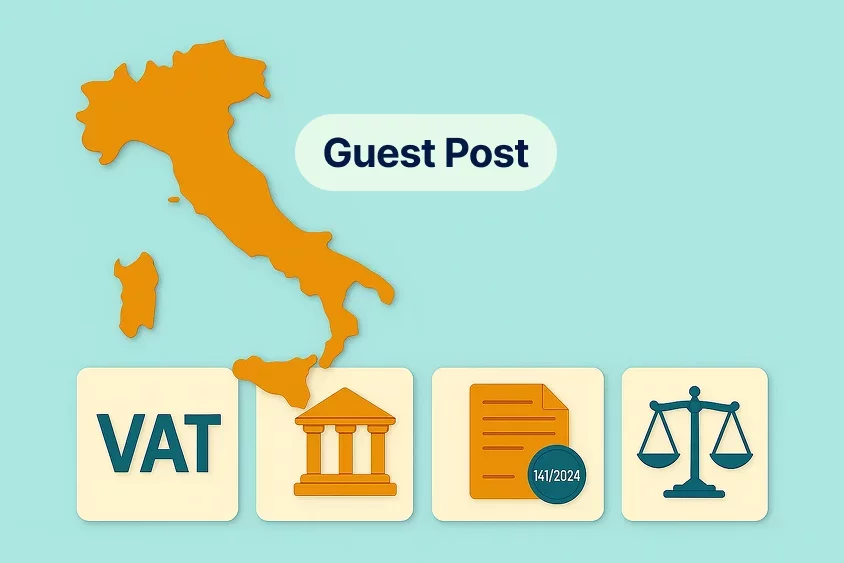
-hikakq55ae.webp)
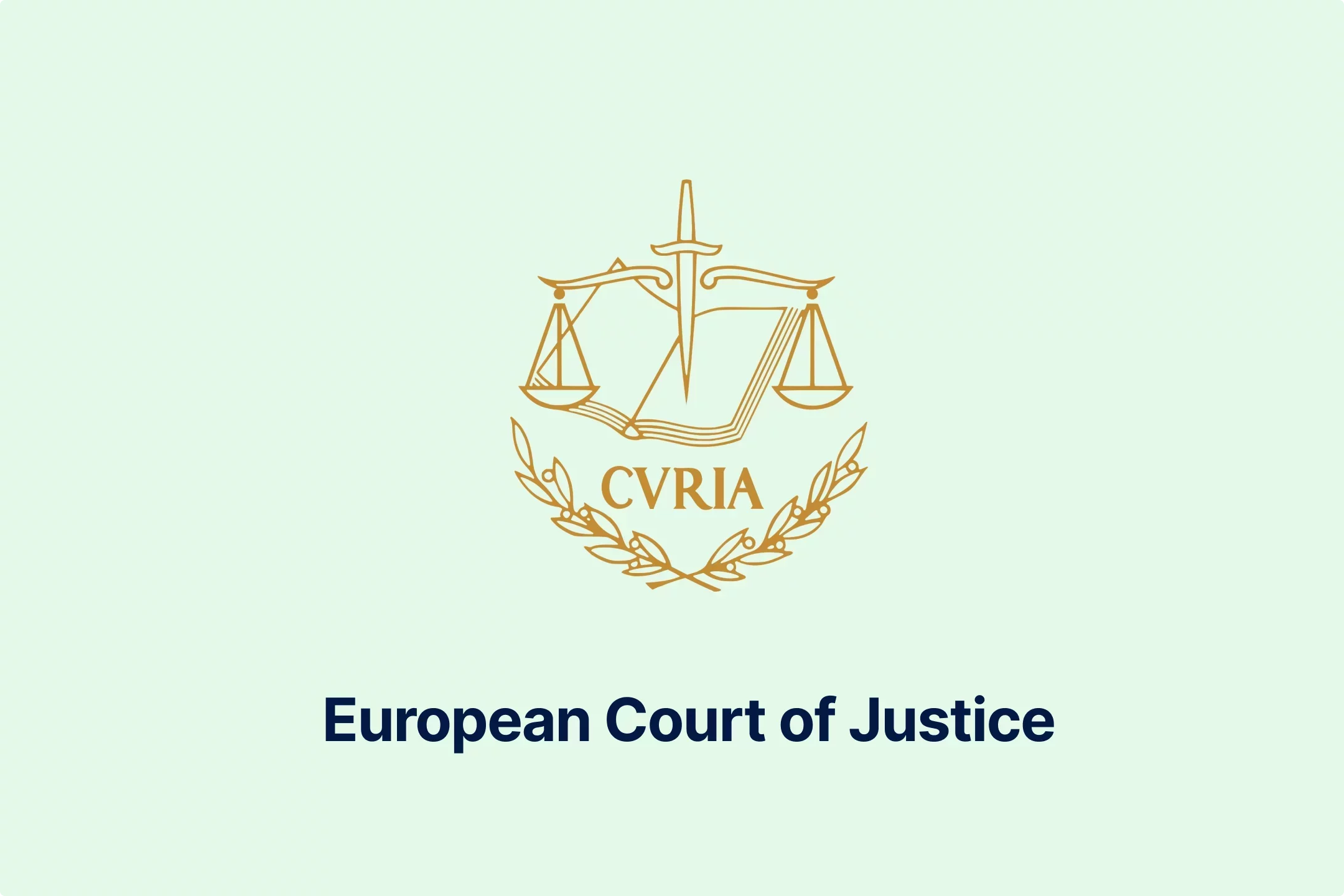
-z1d60bldtg.webp)
-d1a0q6n7mp.webp)
-viip8nvoeh.webp)
-bvv1otliox.webp)
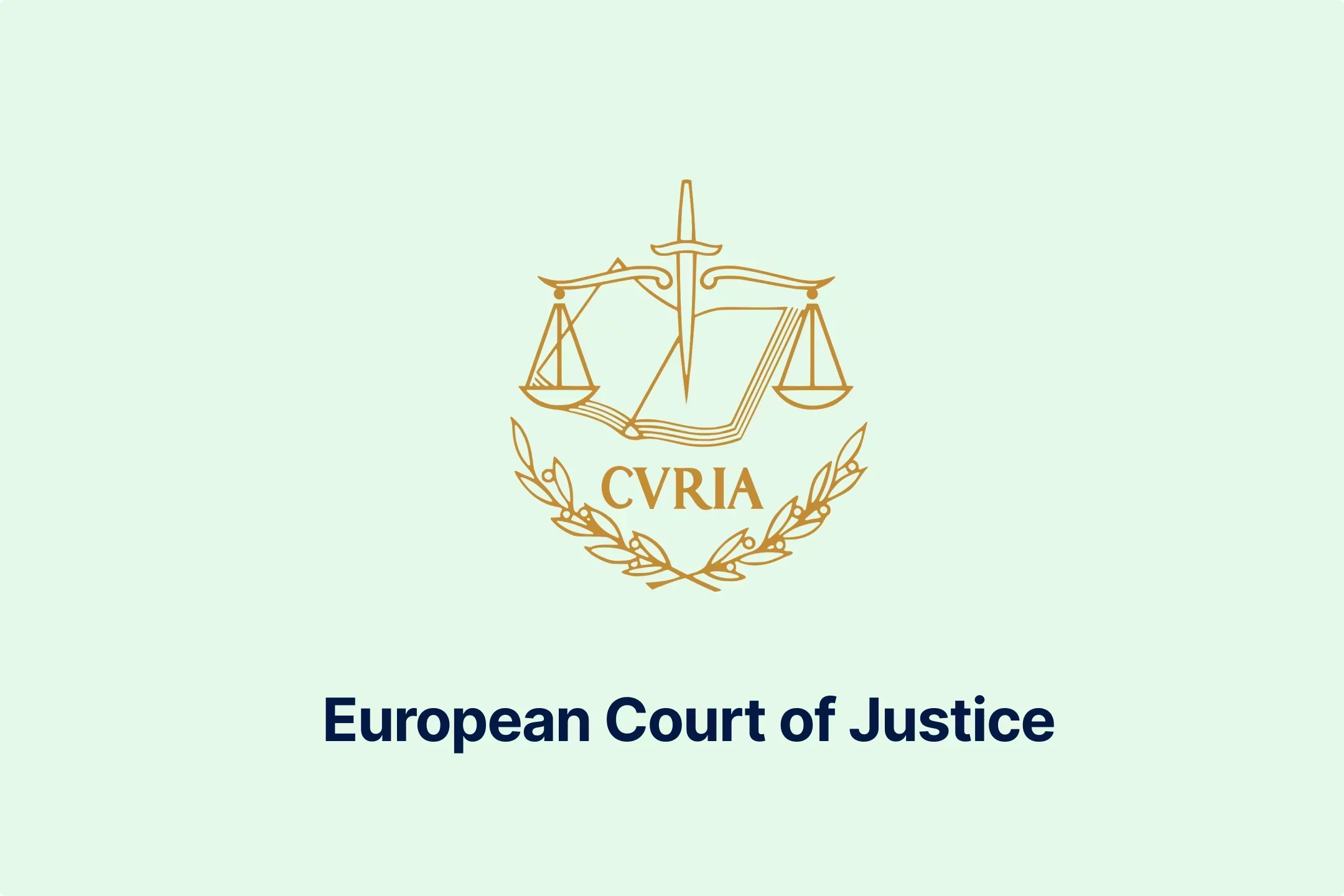
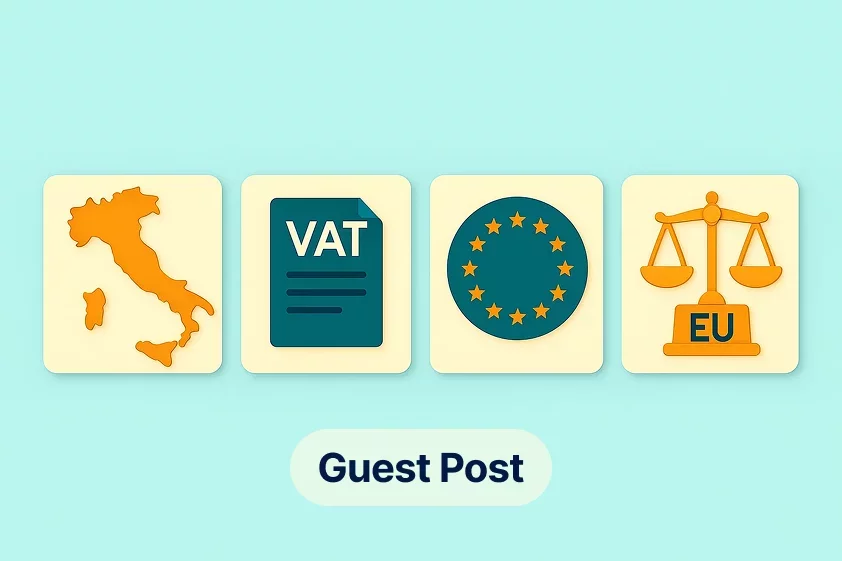
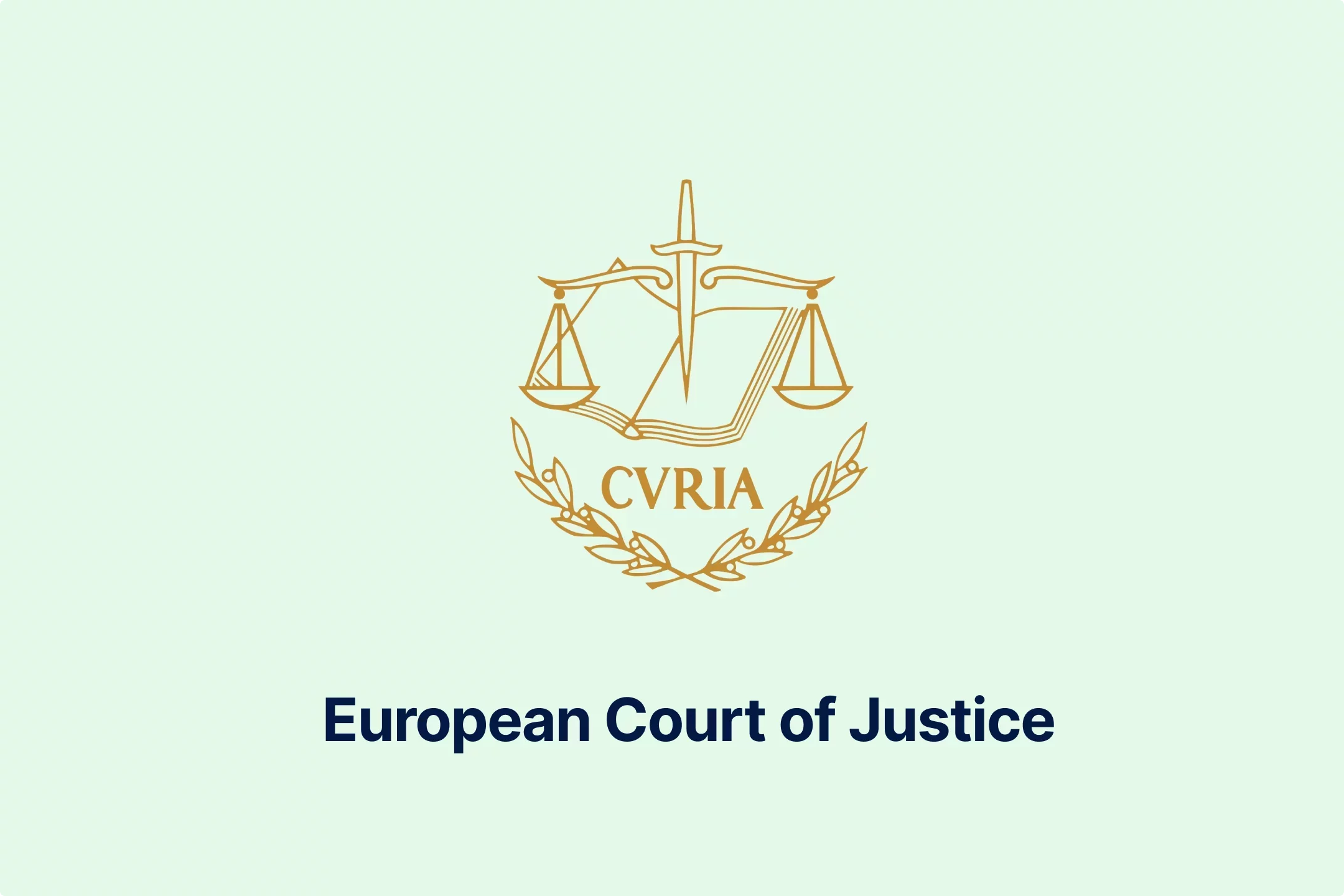
-de8hdb1bn3.webp)
-7xsxxoypnx.webp)
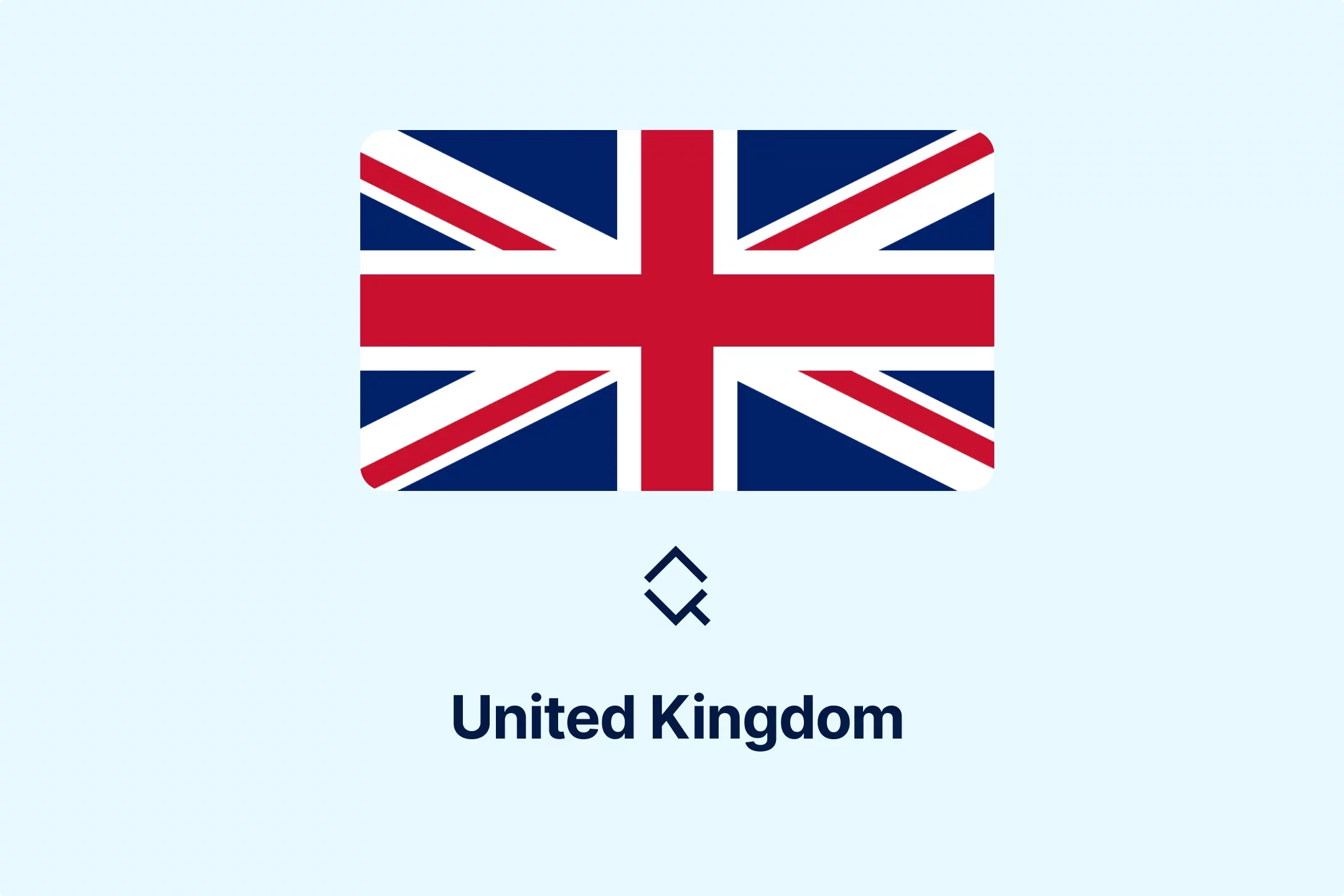
-cm0opezg73.webp)
-0tovsdupmi.webp)
-subxdamdj6.webp)
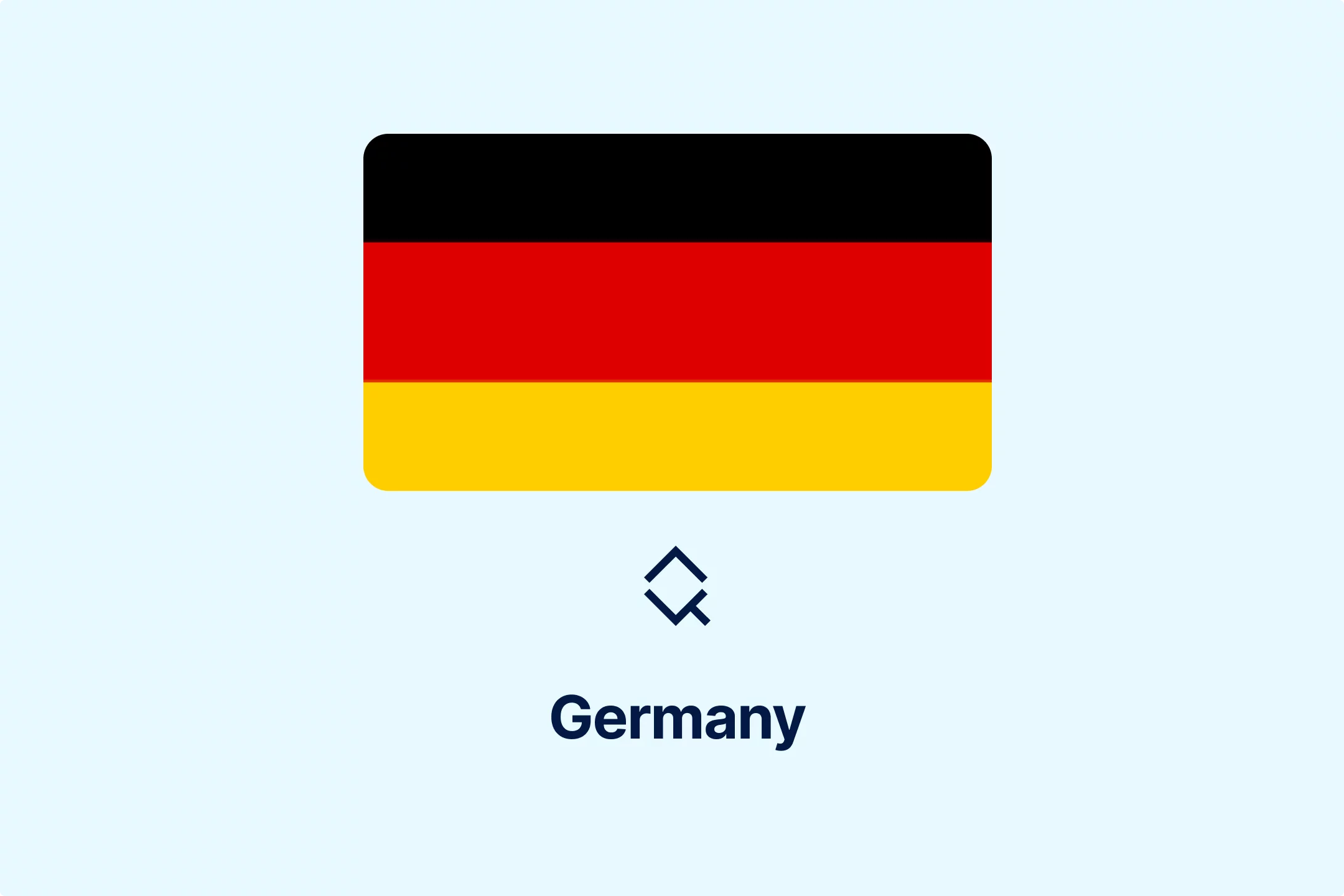
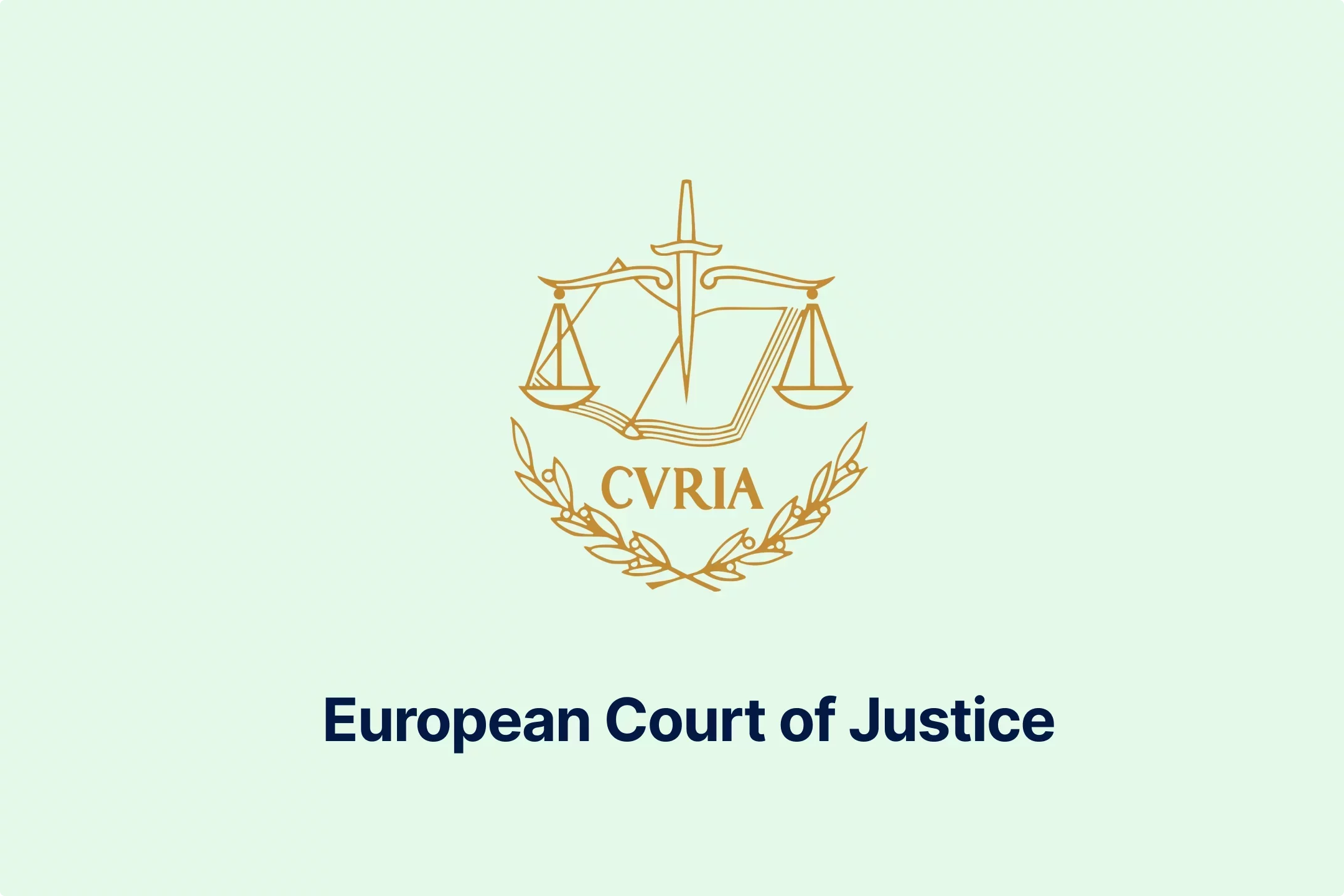
-gly6ablwnh.webp)
-gkduqhwbzh.webp)
-qpe1ld9vcj.webp)
-8noukwsmba.webp)
-aka29tuhkt.webp)


-fisvs27yrp.webp)


-mp0jakanyb.webp)

-aivzsuryuq.webp)



-o7f4ogsy06.webp)

-zjja92wdje.webp)
-hrbhdts8ry.webp)
-qtdkwpgkug.webp)


-cf8ccgah0p.webp)
-0em3cif5s6.webp)





-ptzesl0kij.webp)

-tfzv42pyms.webp)






-uodv7sfbih.webp)
-bbrdfmm9qf.webp)


-m2tl8crfqr.webp)




-1awbqjgpjs.webp)
-avbjsn1k1g.webp)


-0h8ohkx6s0.webp)


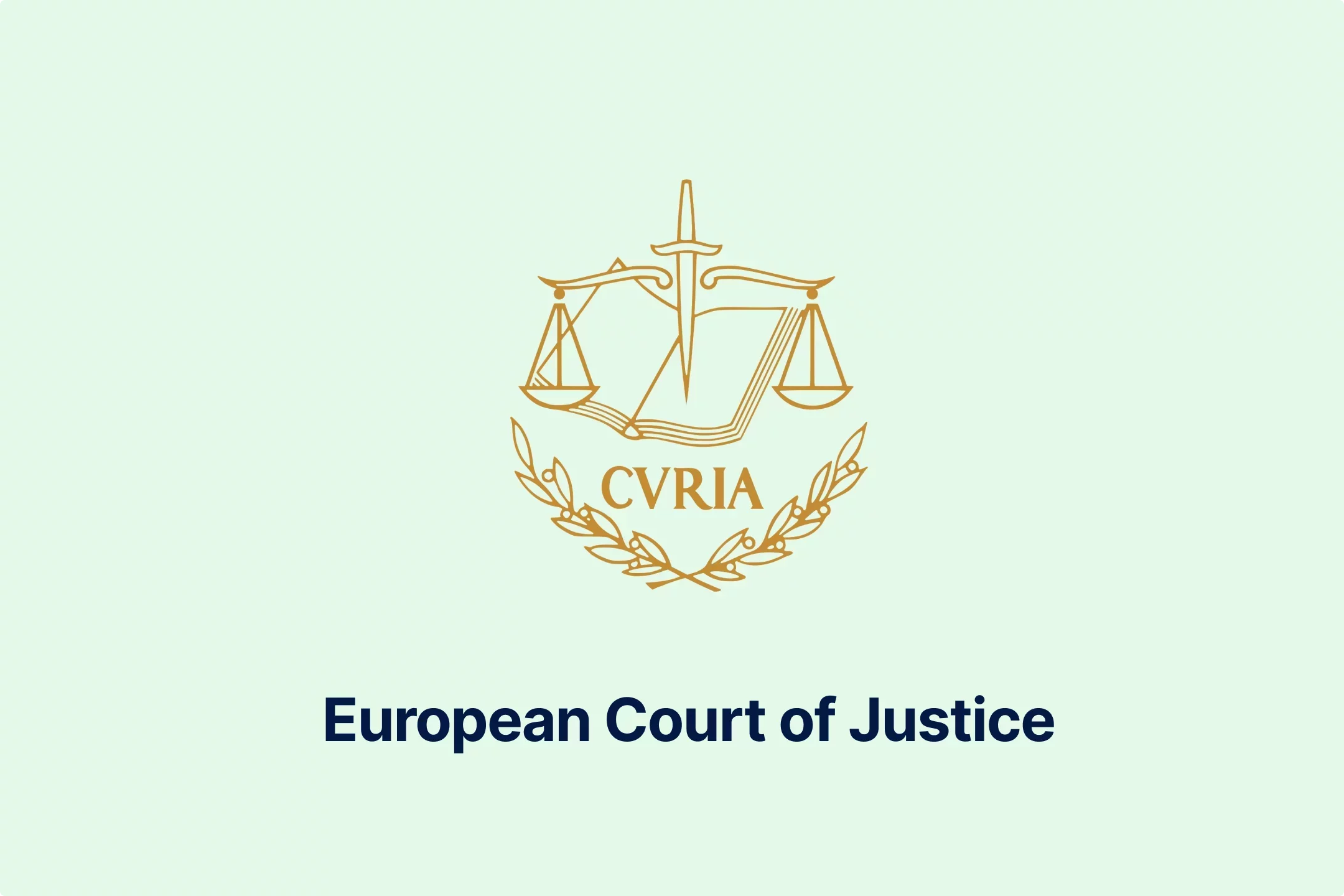
-wfmqhtc7i6.webp)
-7wljbof2zo.webp)
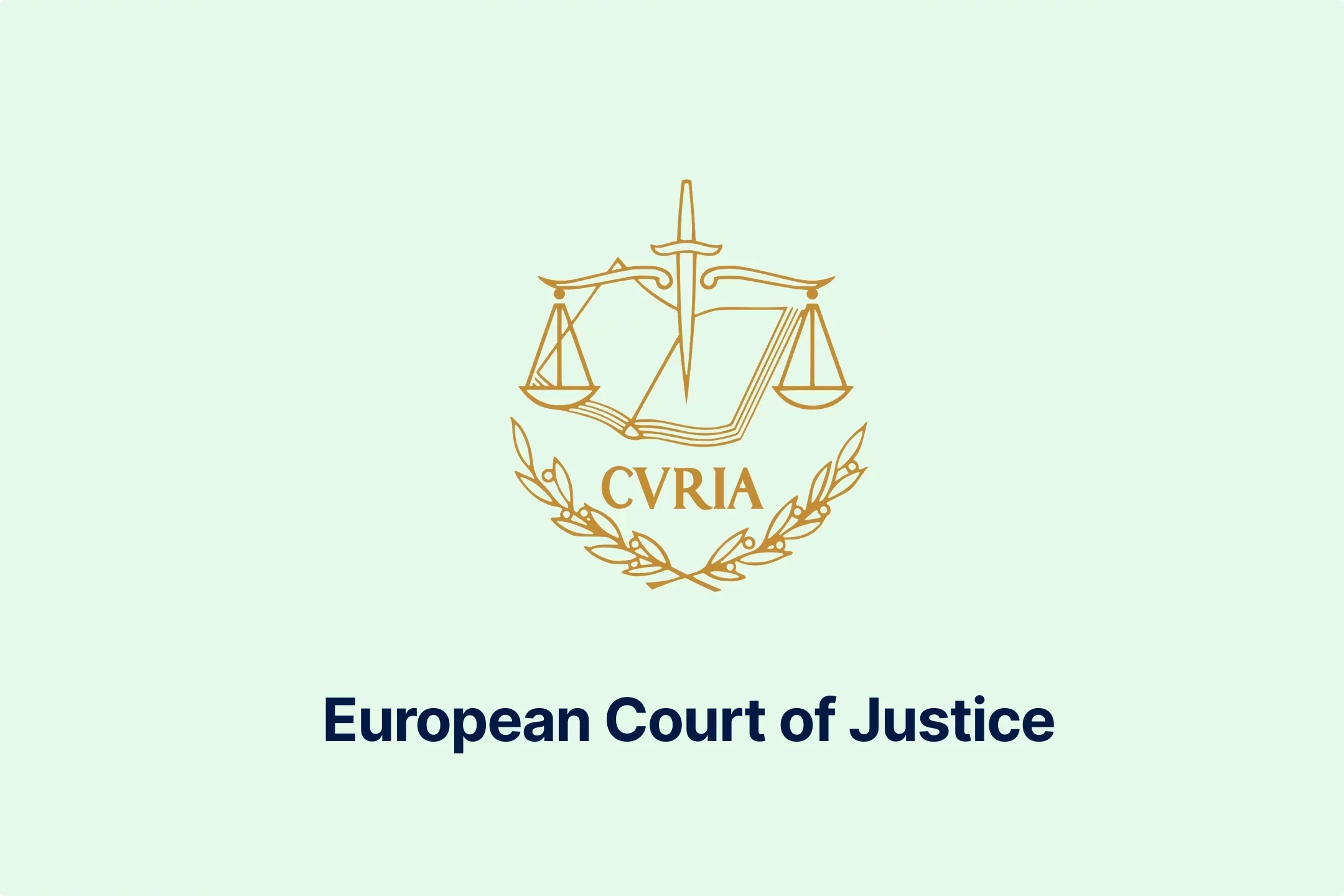
-eqt97uyekl.webp)
-wzw9mcf563.webp)

-z4oxr6i0zd.webp)




-l0zcrrzvhb.webp)
-fhtic1pwml.webp)

-iipdguuz9p.webp)
-nkhhwrnggm.webp)
-pltqwerr3w.webp)

-nn6mtfbneq.webp)

-tmnklelfku.webp)



-8z1msbdibu.webp)
-7g16lgggrv.webp)



-lxcwgtzitc.webp)
-9mc55kqwtx.webp)


-xla7j3cxwz.webp)
-jrdryw2eil.webp)






-t9qr49xs2u.webp)


-qjopq5jplv.webp)



-vune1zdqex.webp)

-qsozqjwle2.webp)
-rgjta7iwiv.webp)

-zb6bxxws47.webp)
-lyfjzw4okp.webp)

-ogpfmol5m1.png)


-czisebympl.png)

-zetvivc79v.png)
-ud7ylvkade.png)
-qizq6w2v5z.png)







-ihr6b4mpo1.webp)
-k1j4au0ph6.webp)
-swxxcatugi.webp)


-ig9tutqopw.webp)

-tauoa6ziym.webp)

-spr0wydvvg.webp)
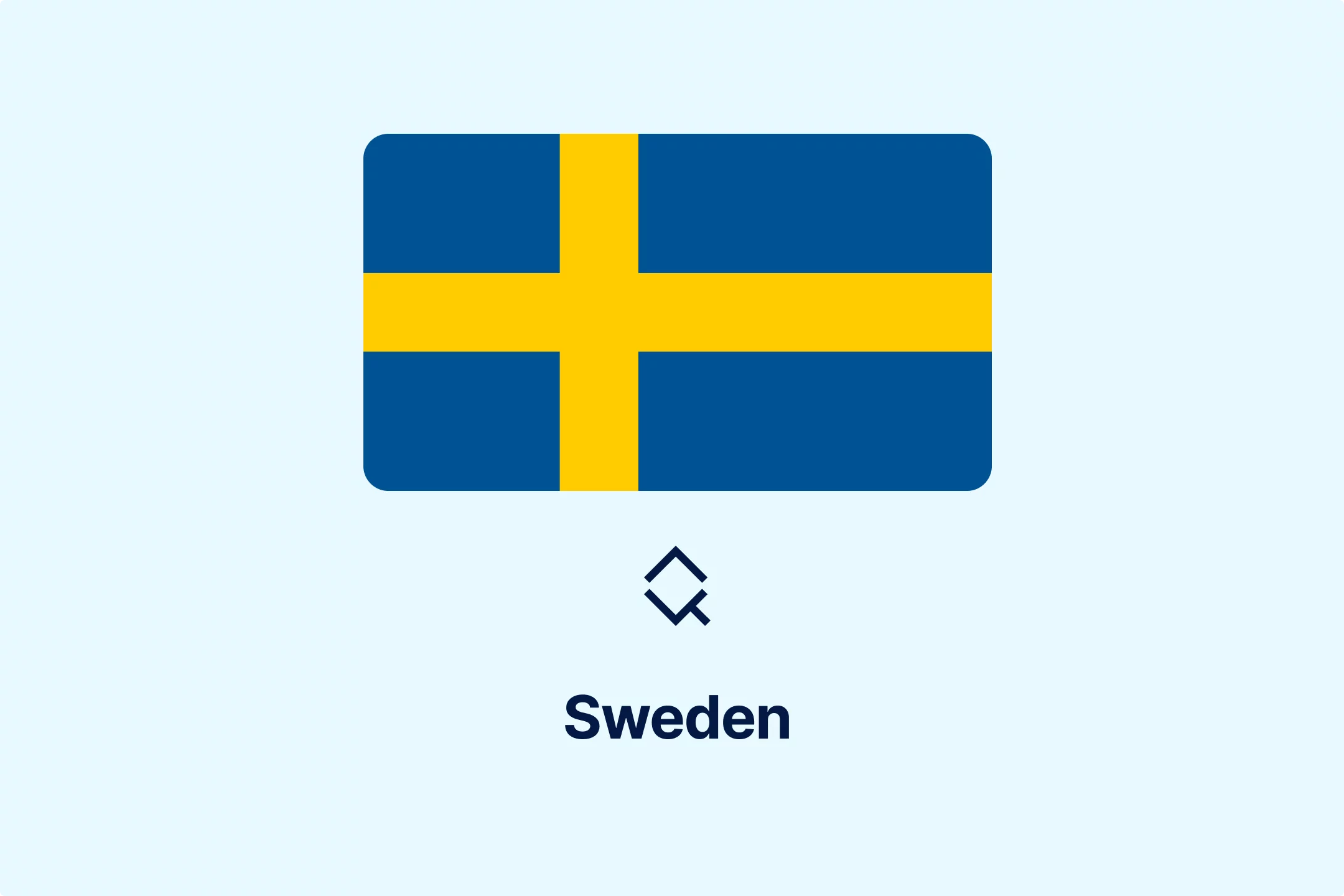
-xfuognajem.webp)





-u2nv5luoqc.webp)








-opuxpan2iu.webp)




-kwttsfd8ow.webp)
-8u14qi10nj.webp)

-wjpr96aq5g.webp)

.png)

.png)


.png)


.png)



.png)
.png)
.png)
.png)
.png)

.png)
.png)




.png)
.png)




































































































































